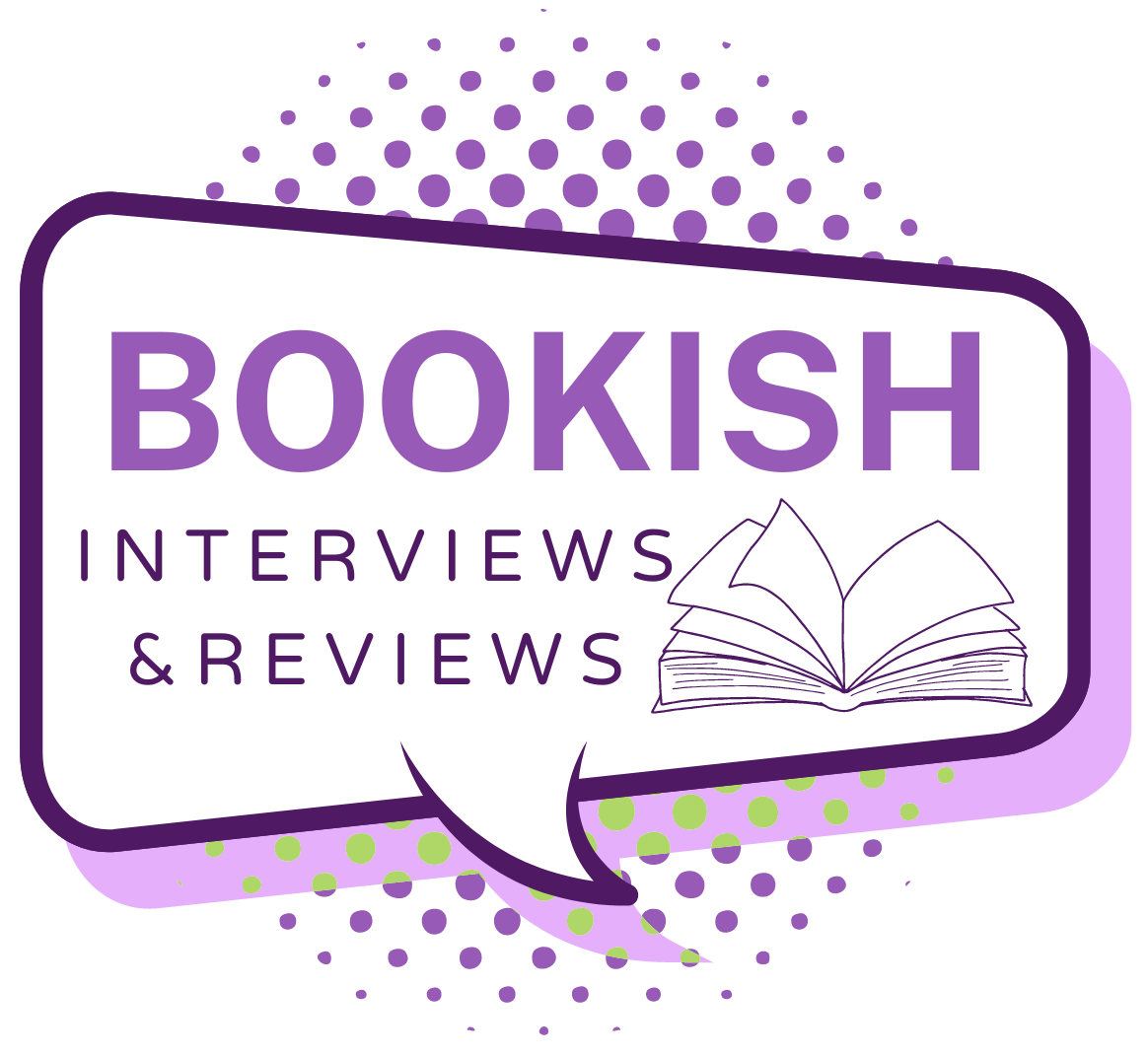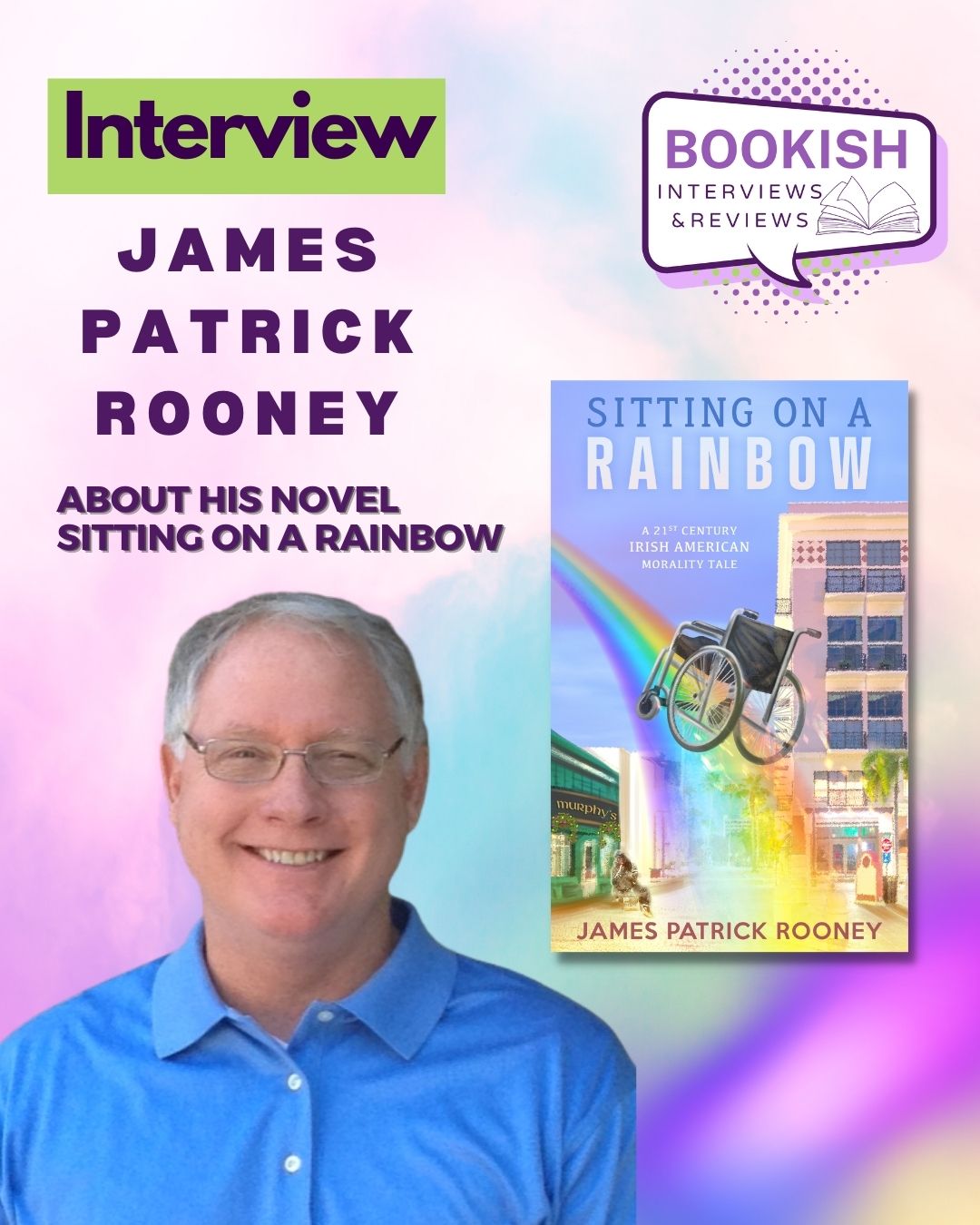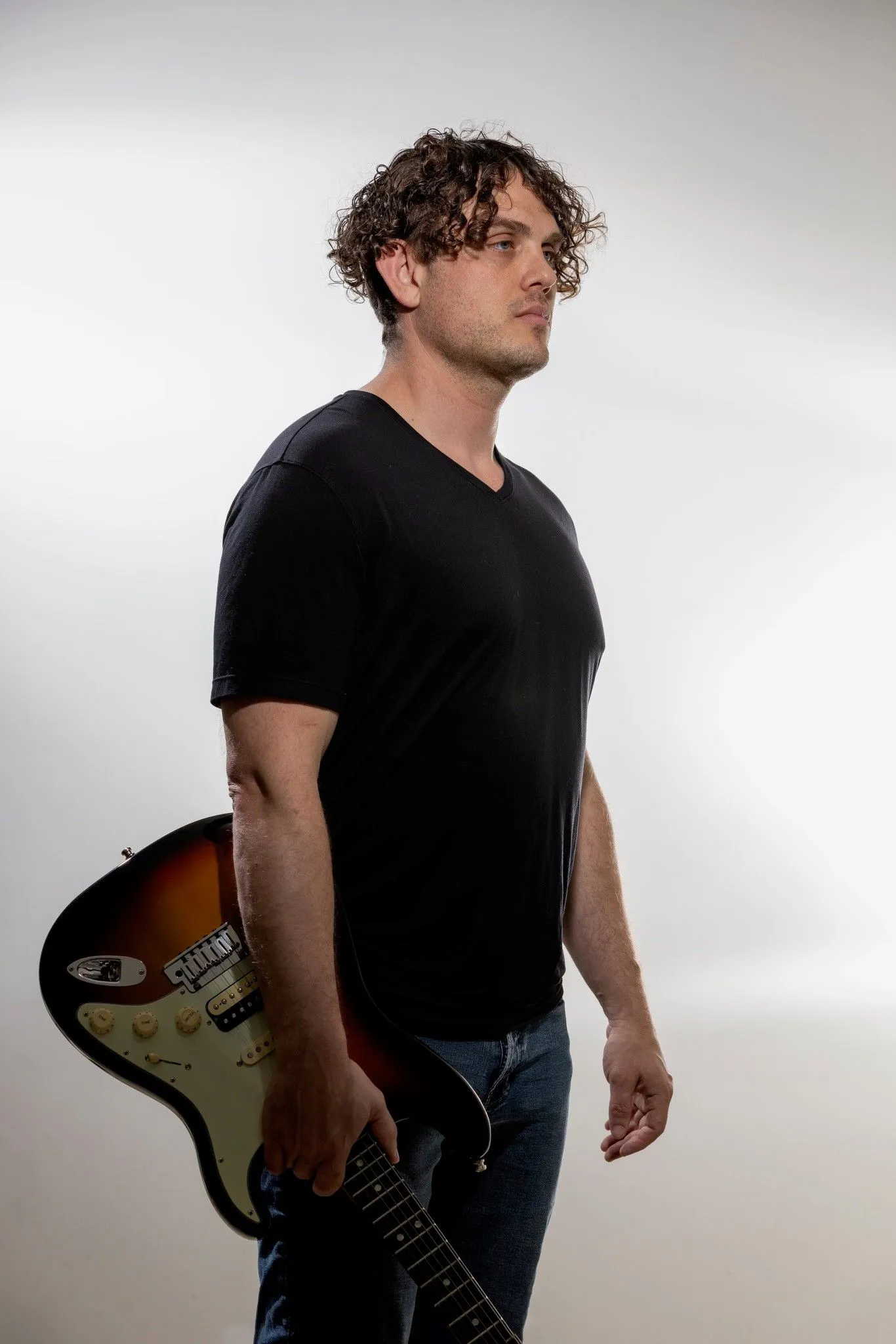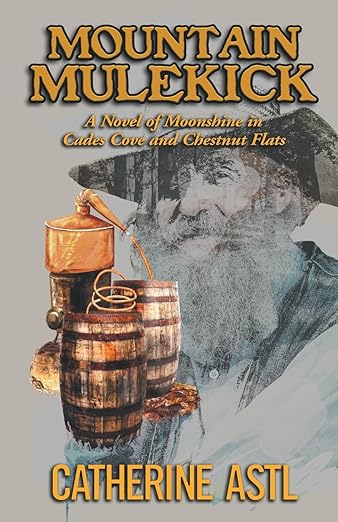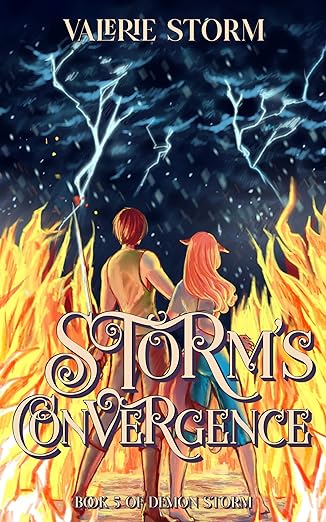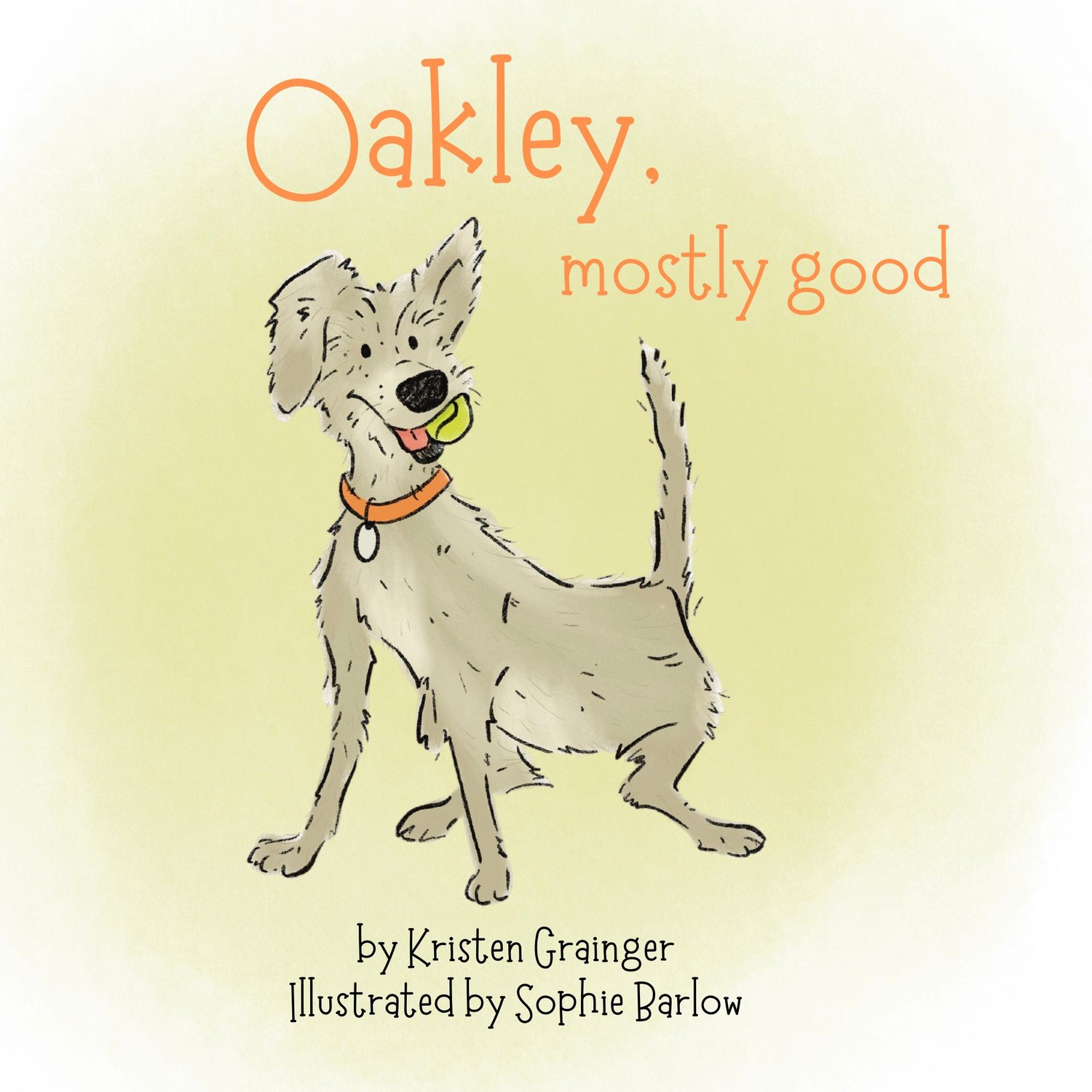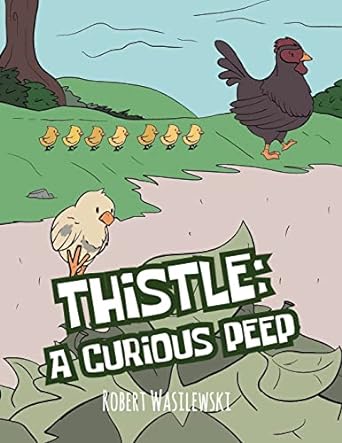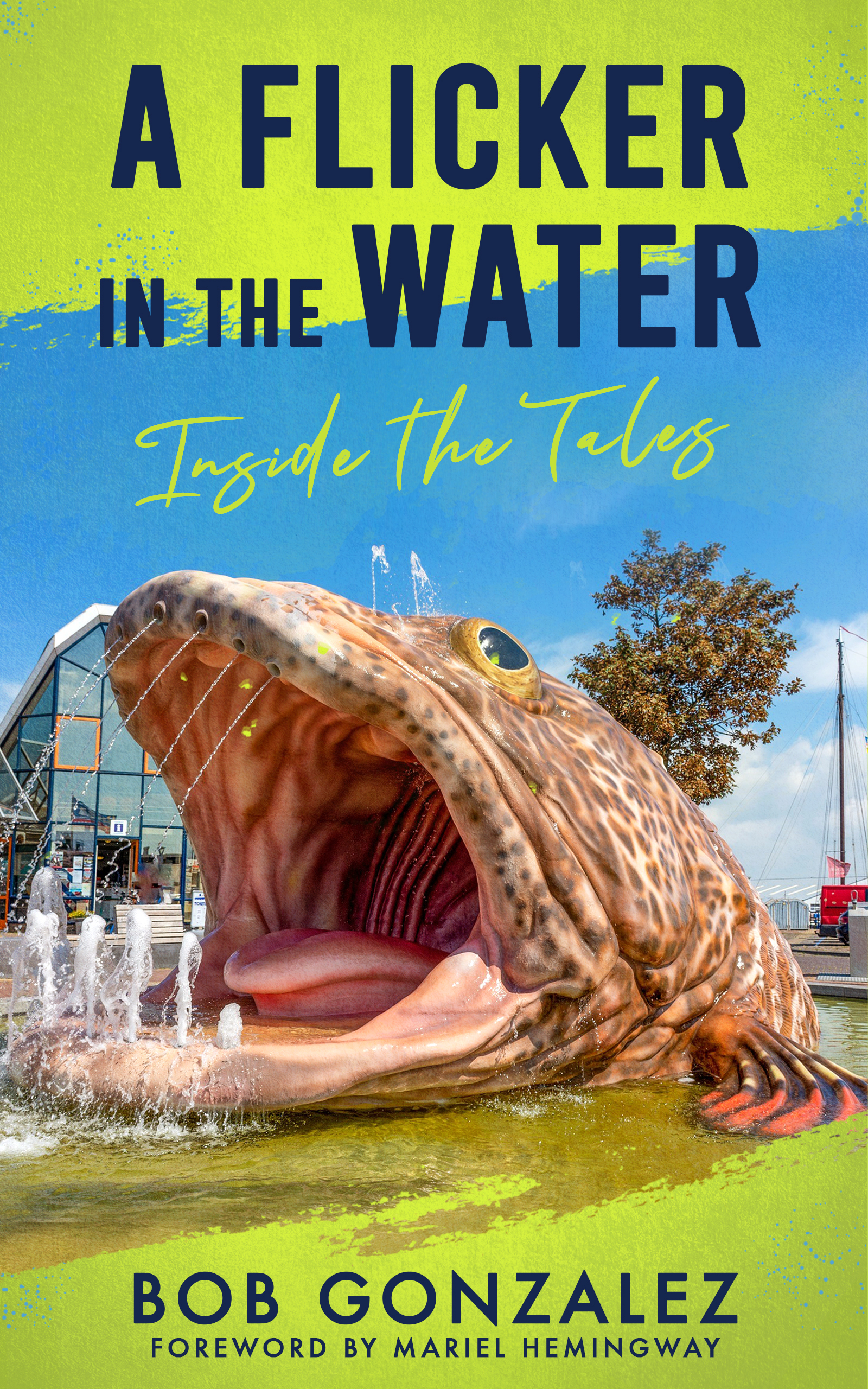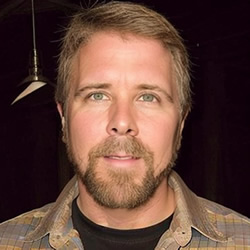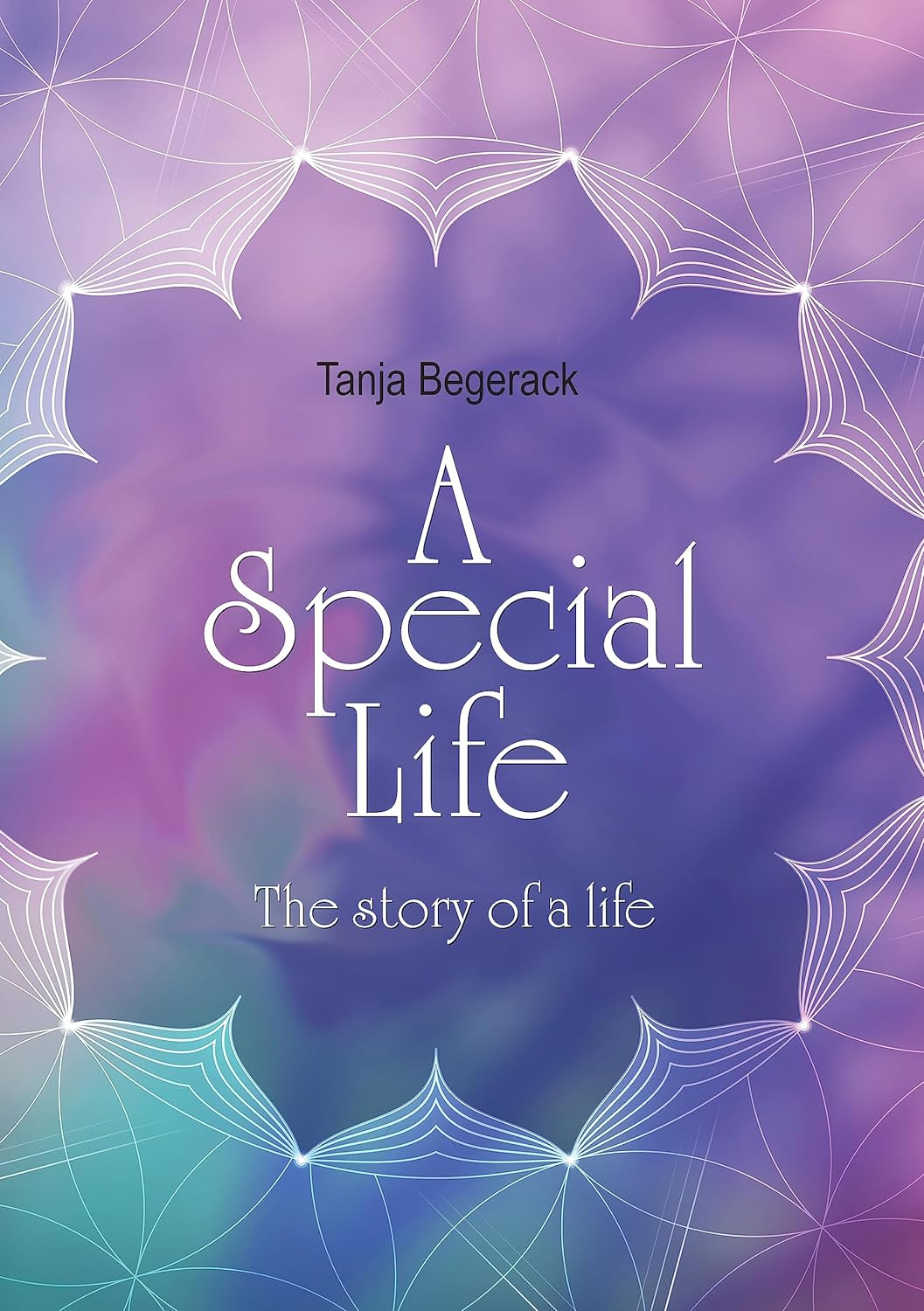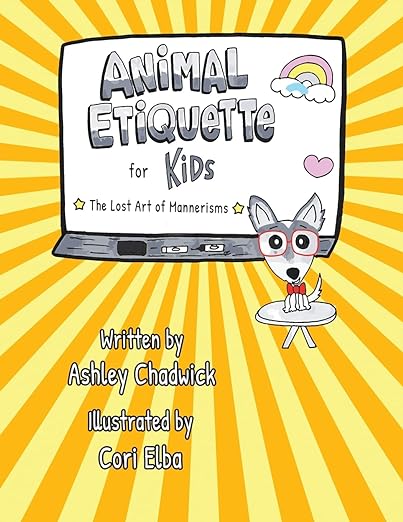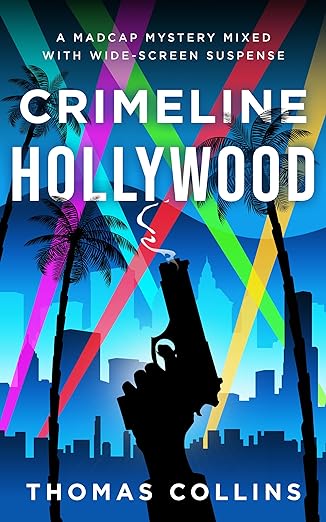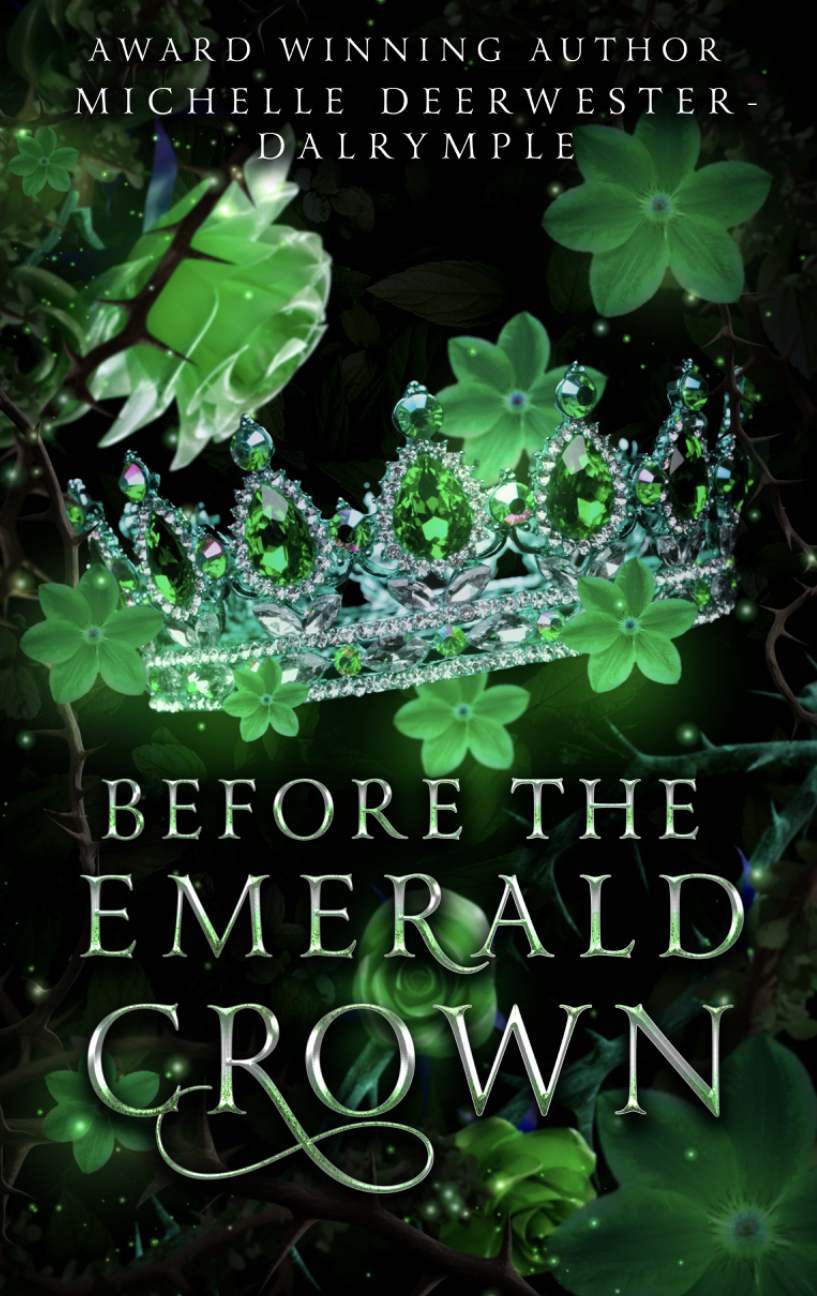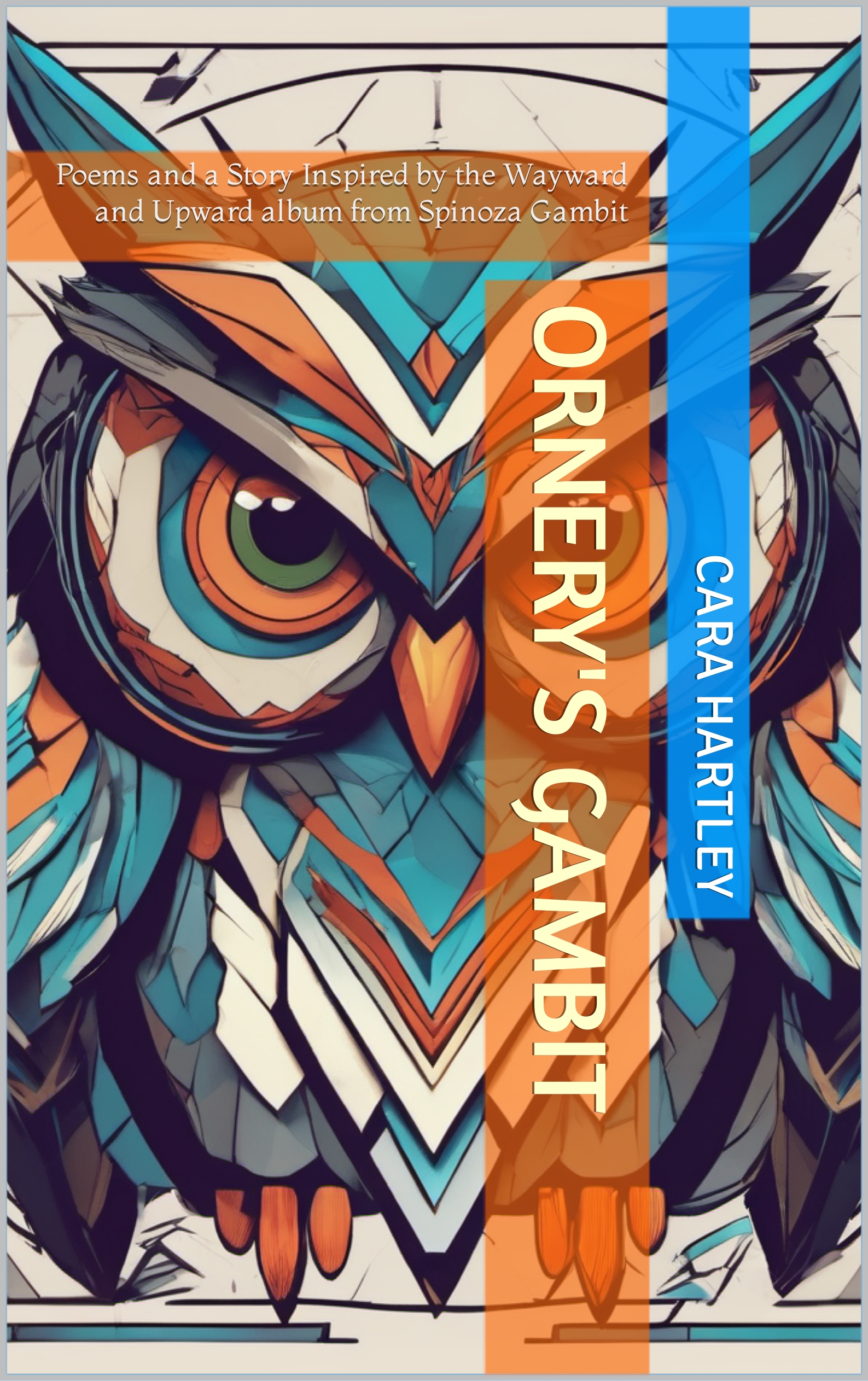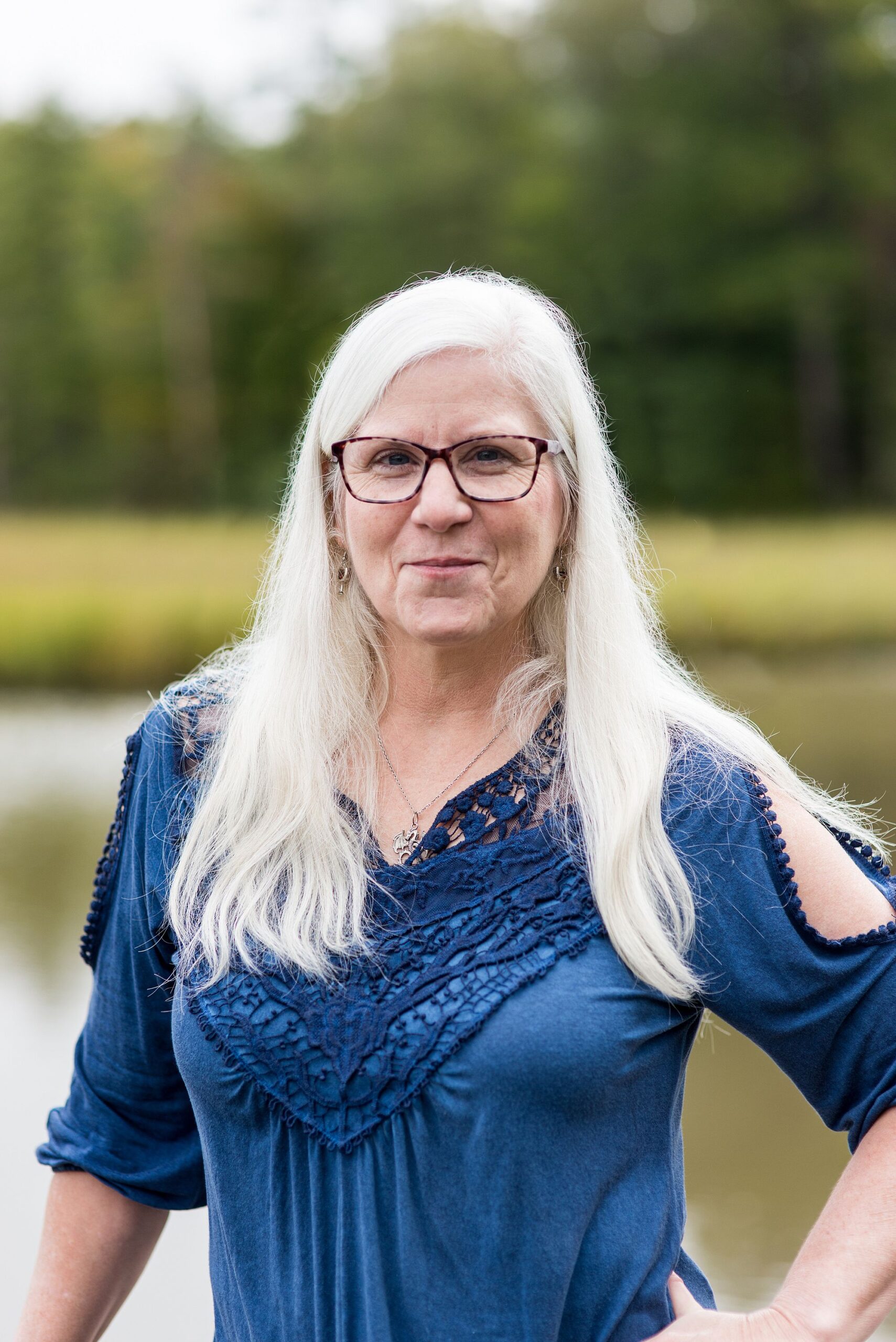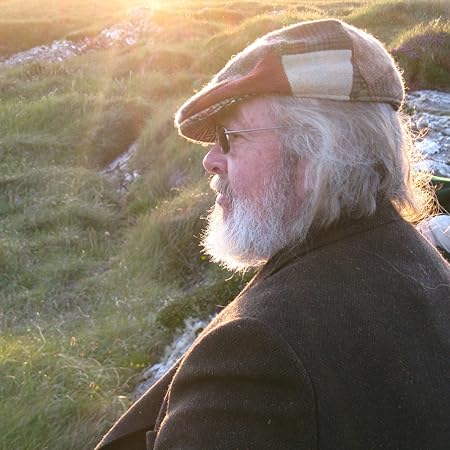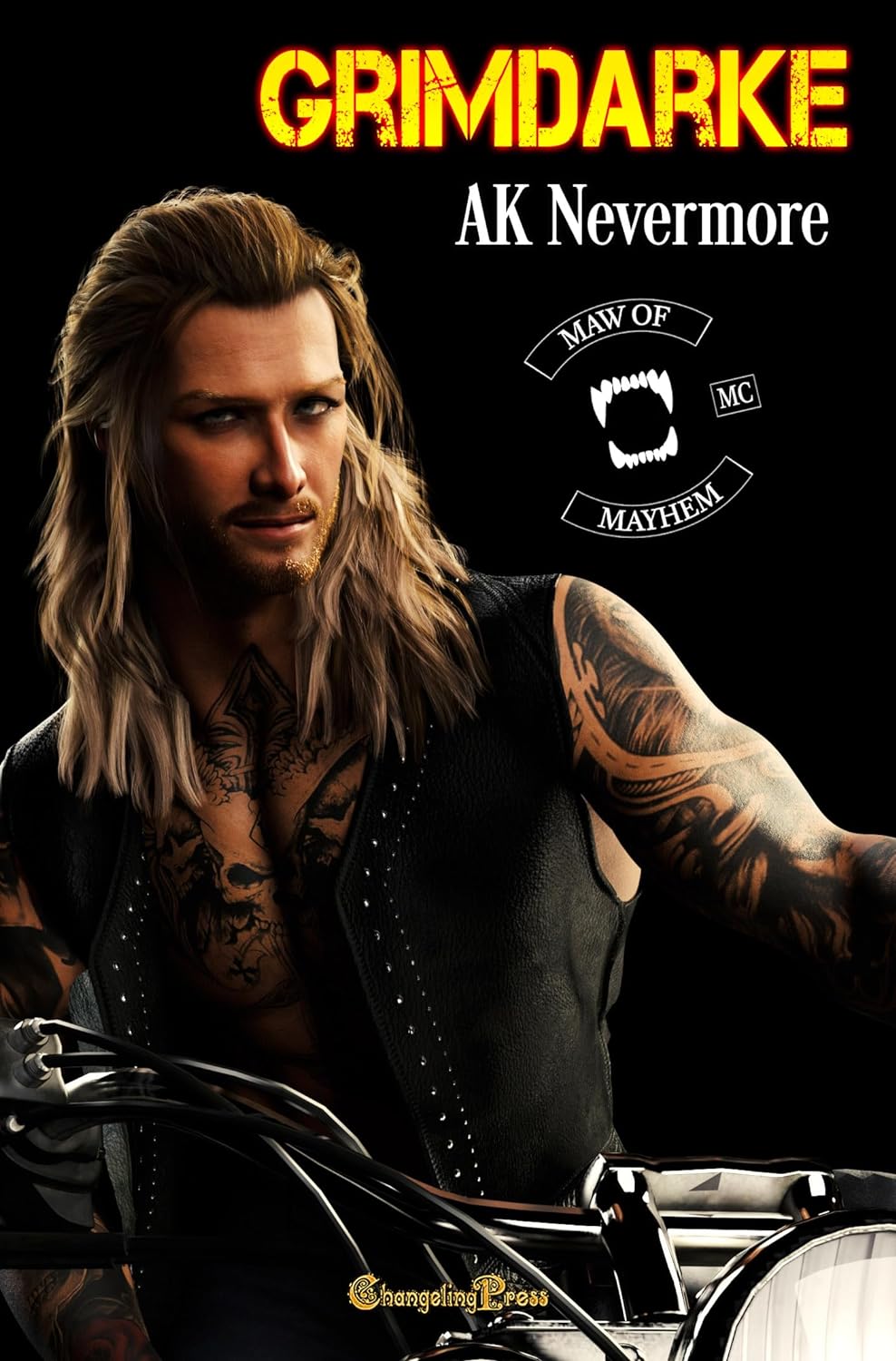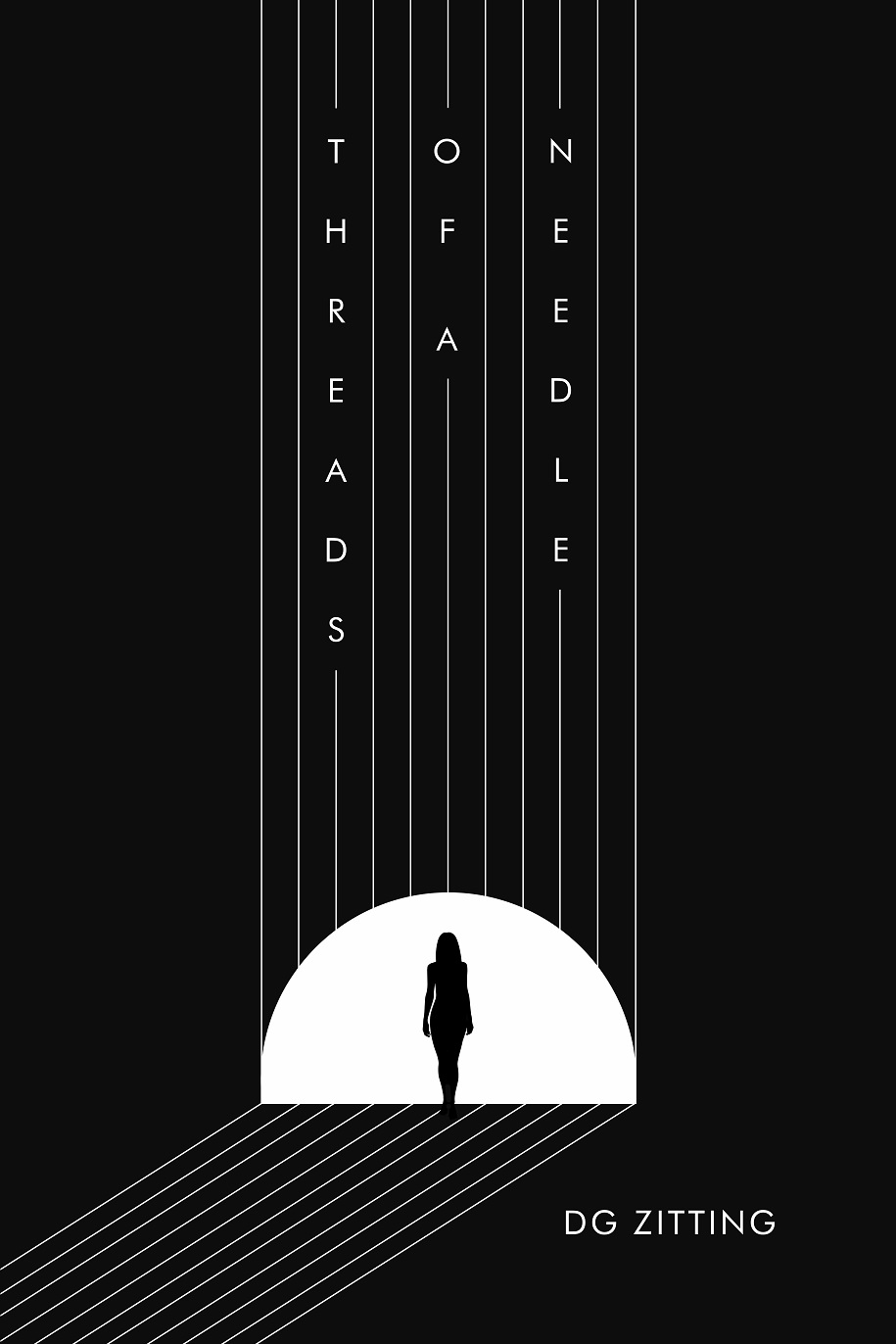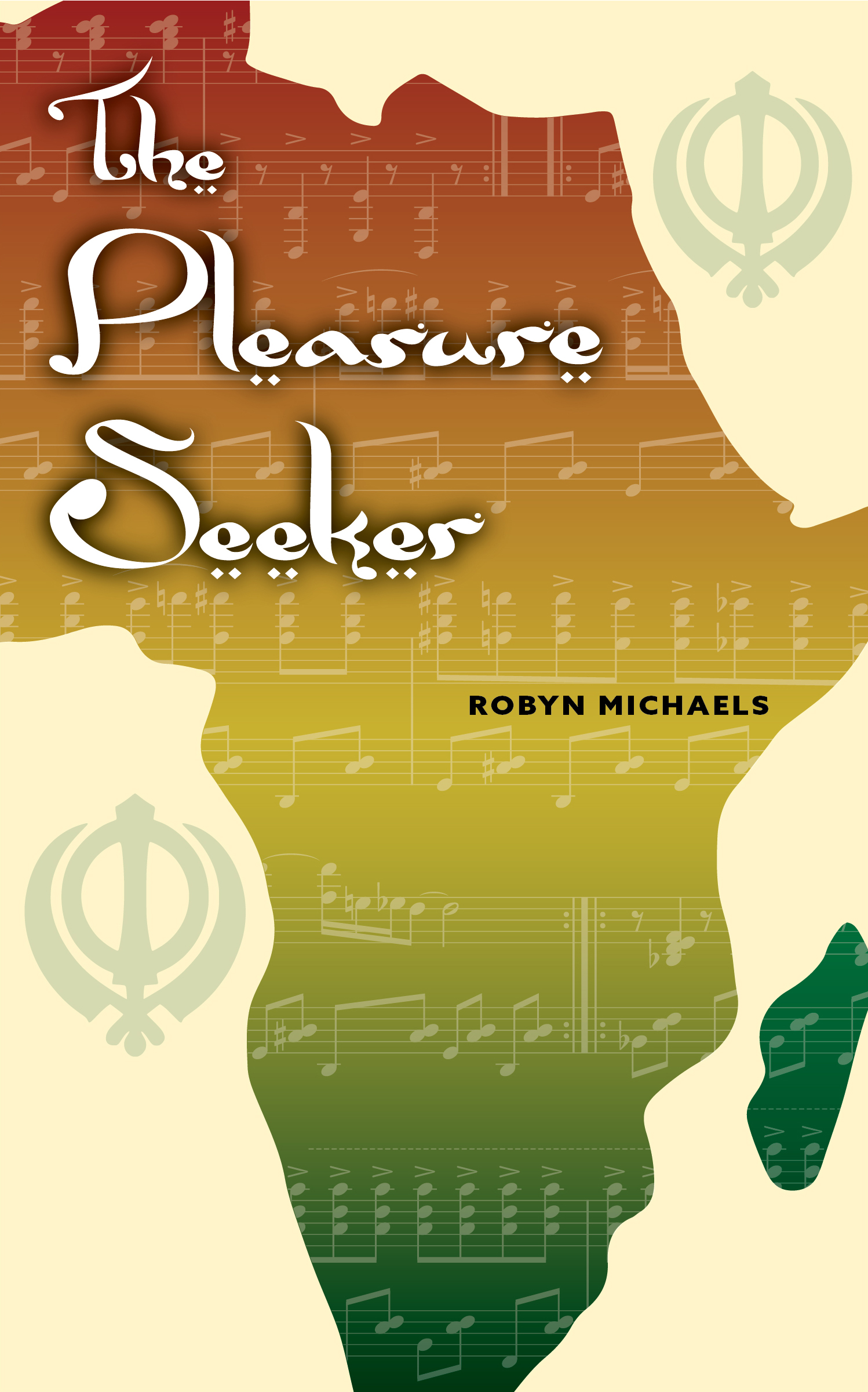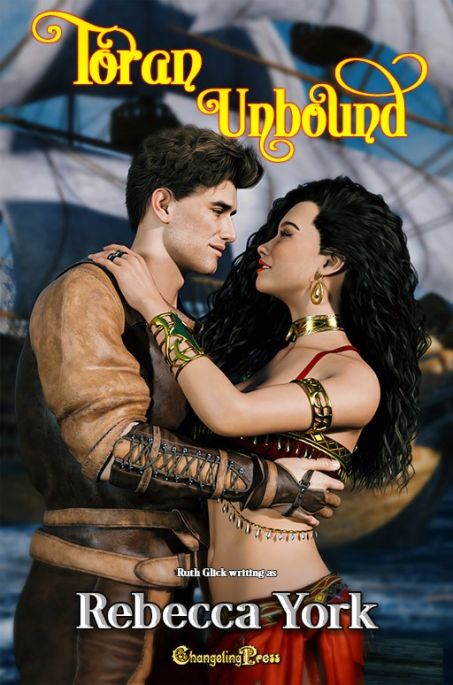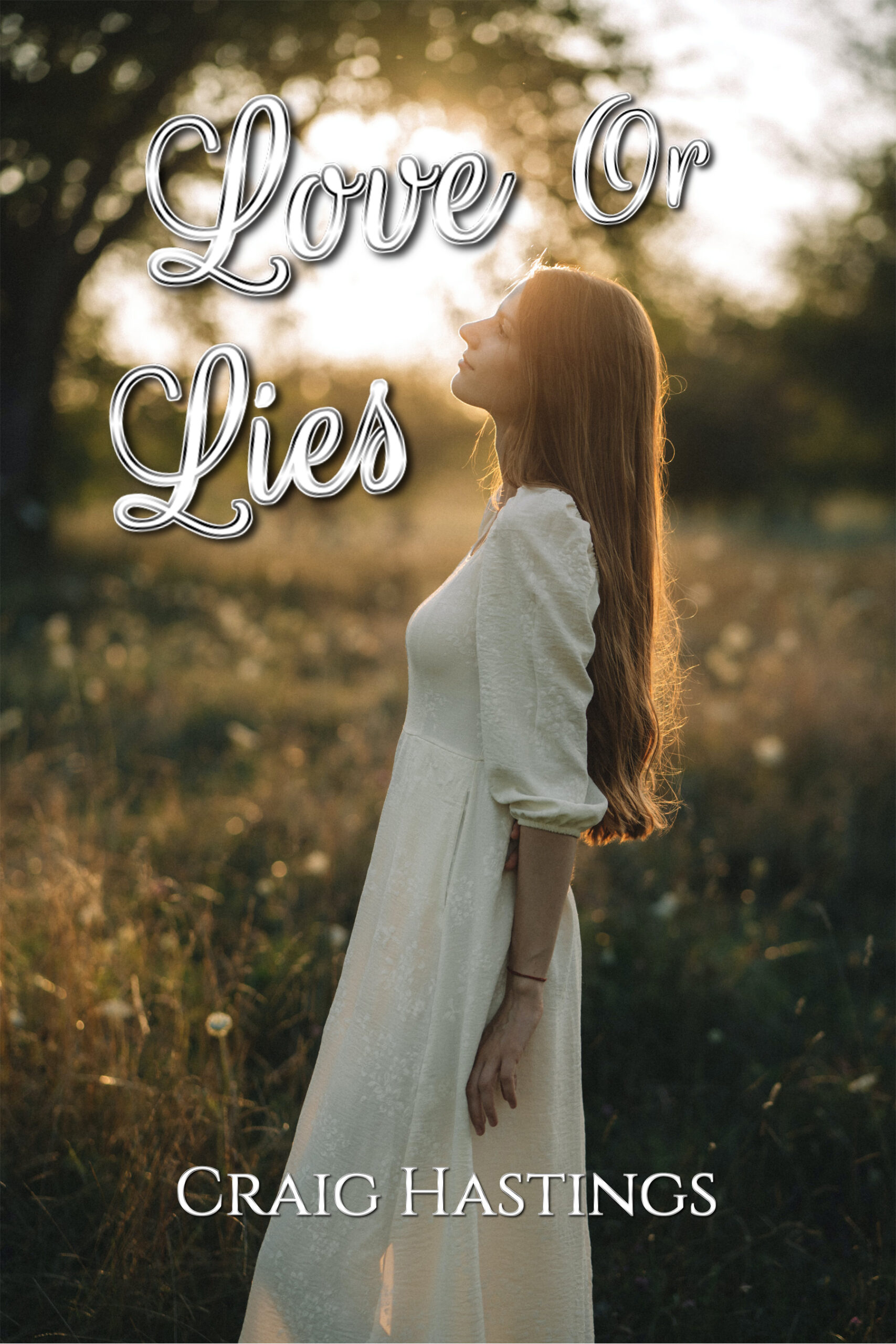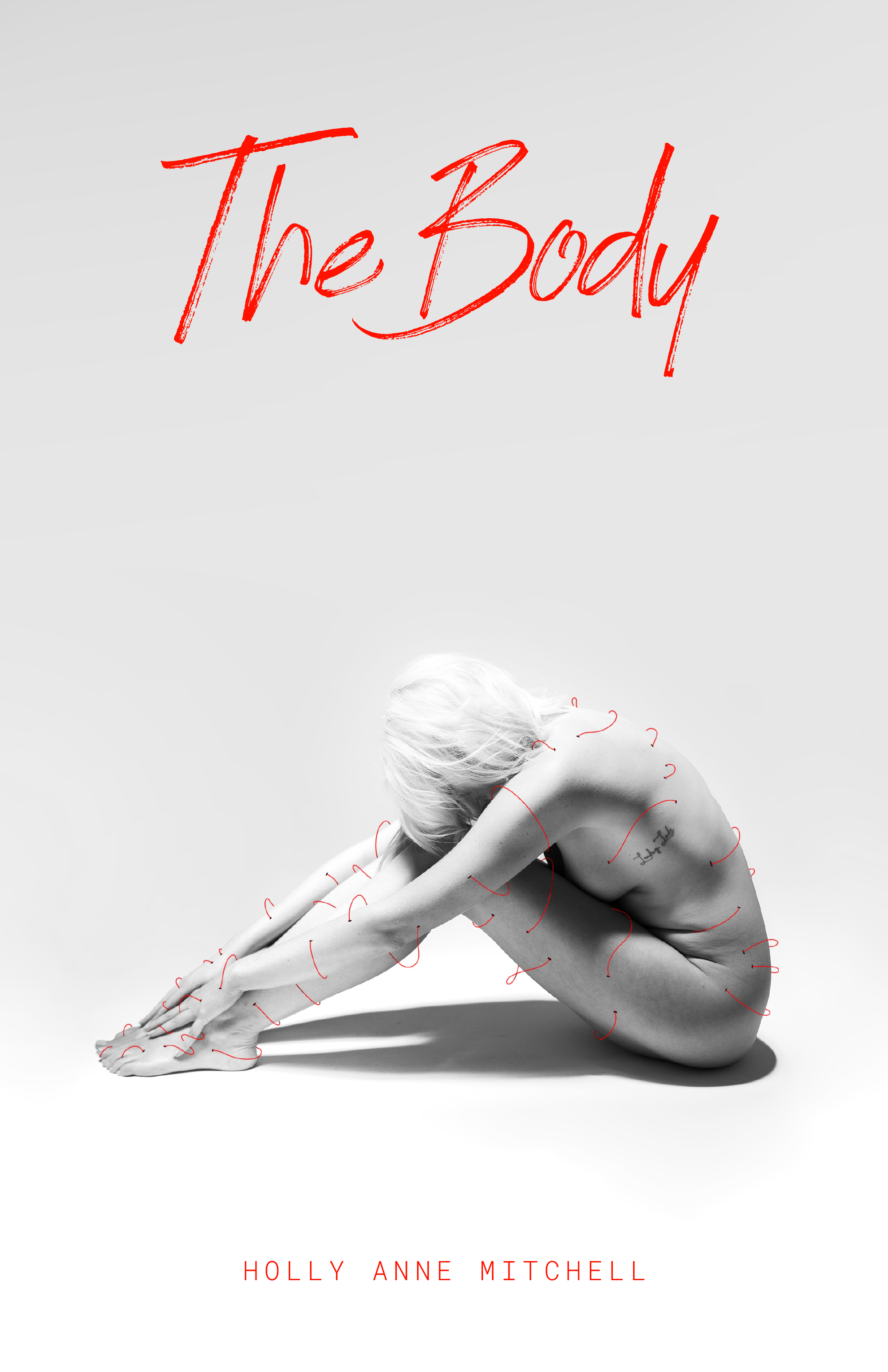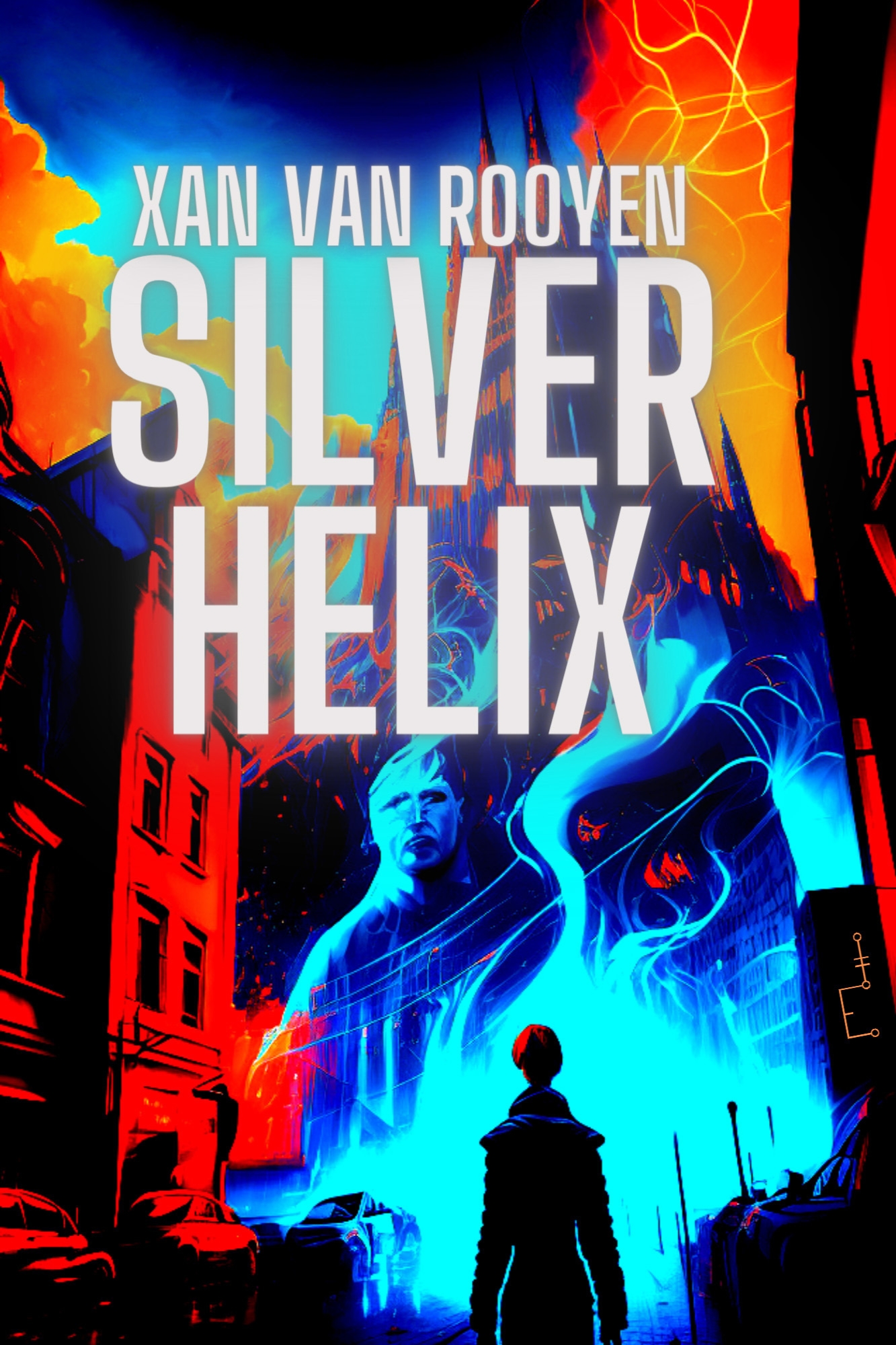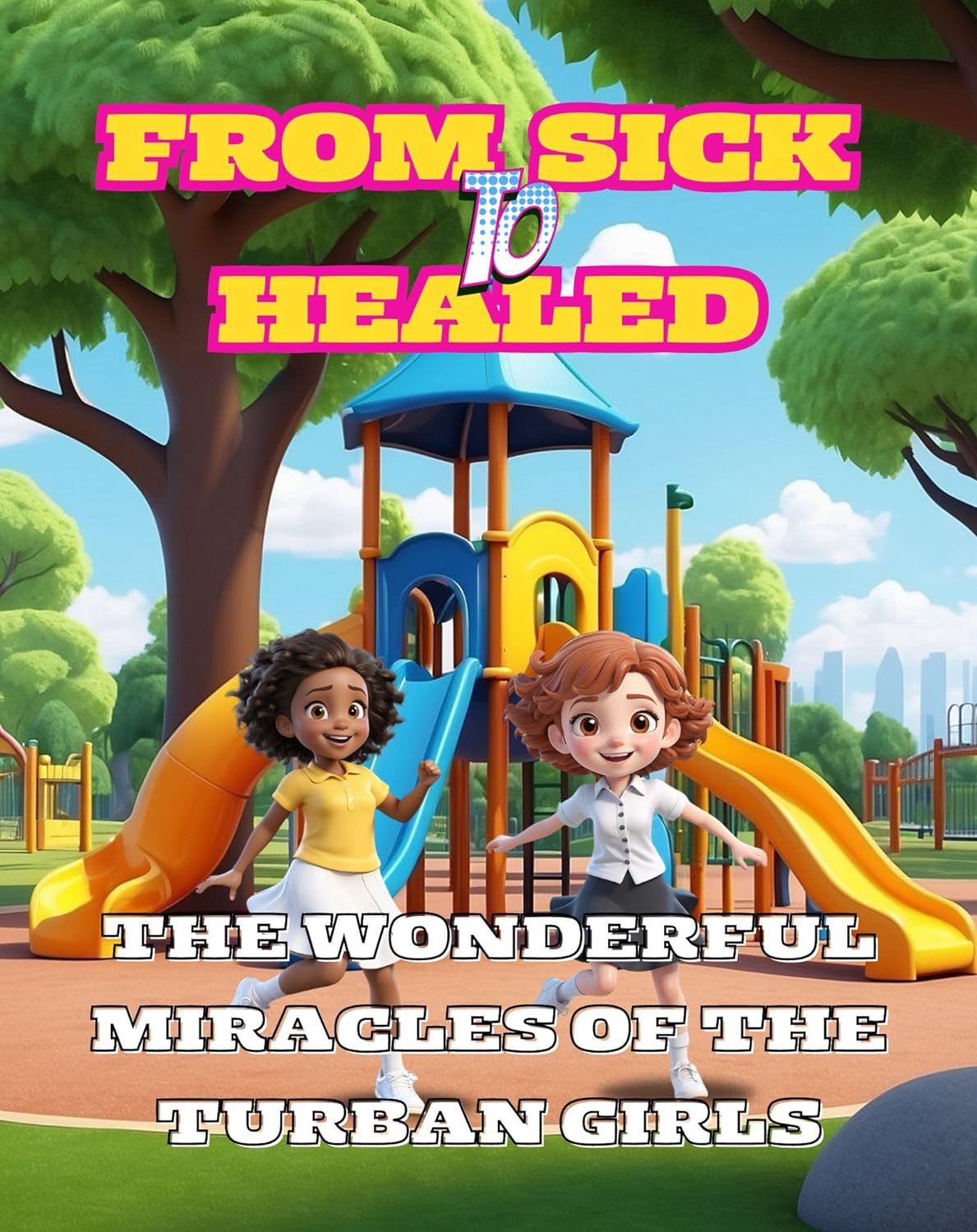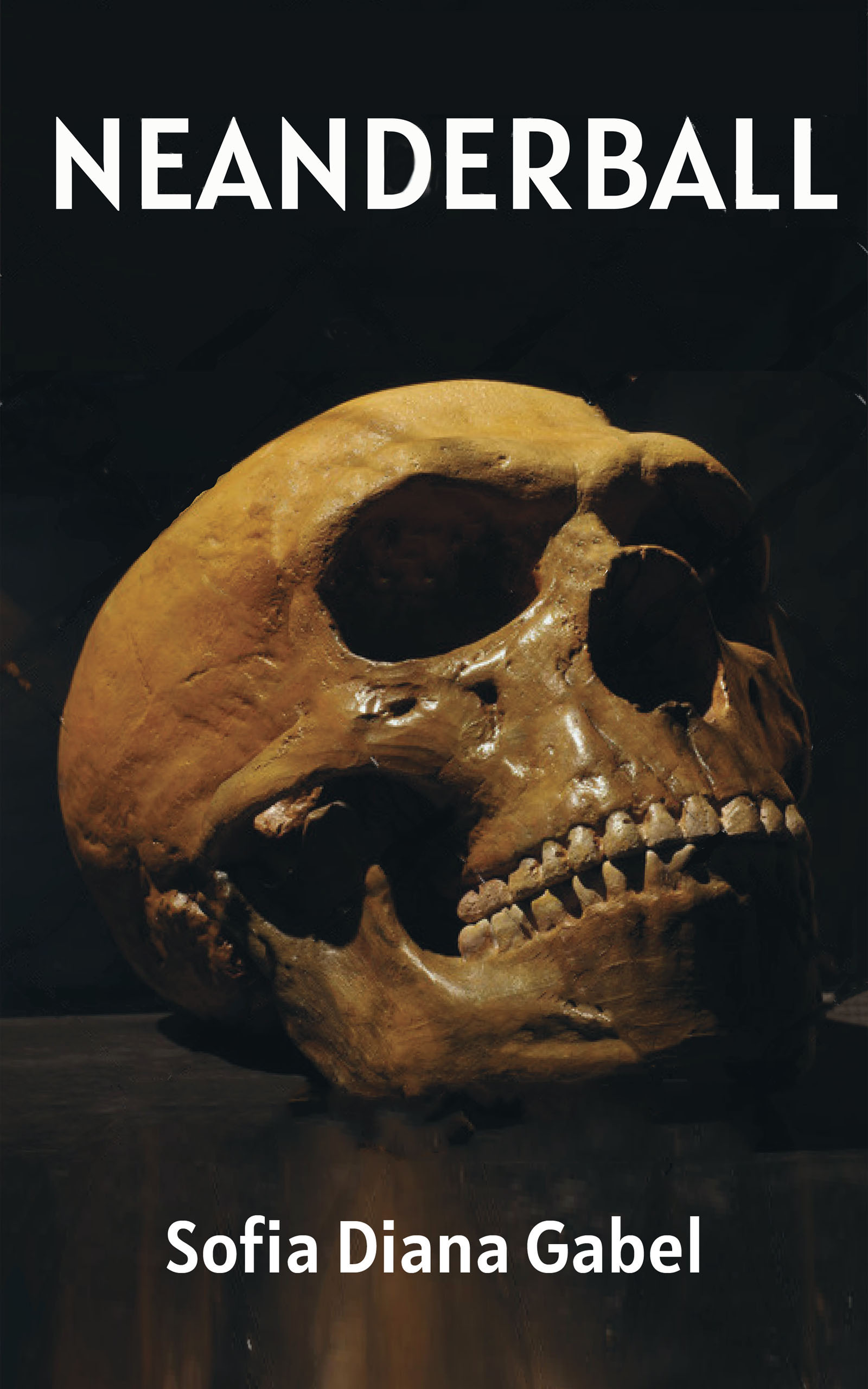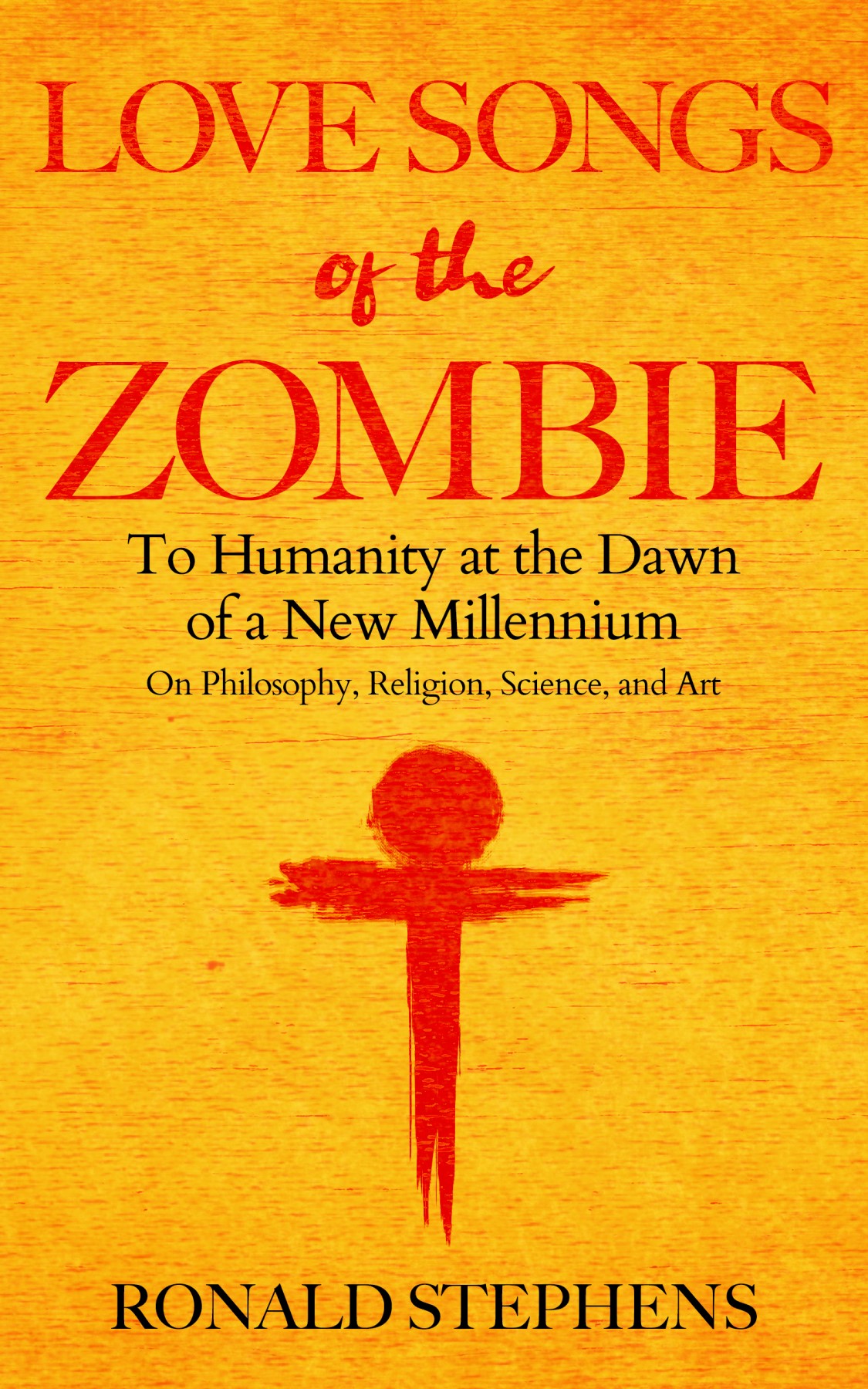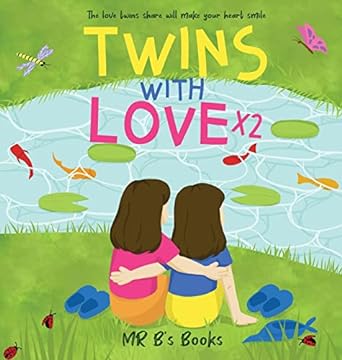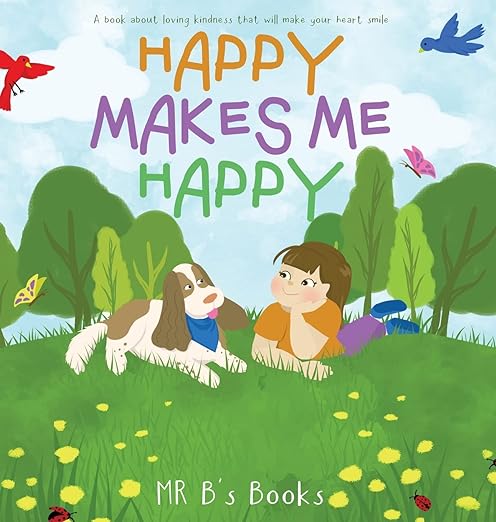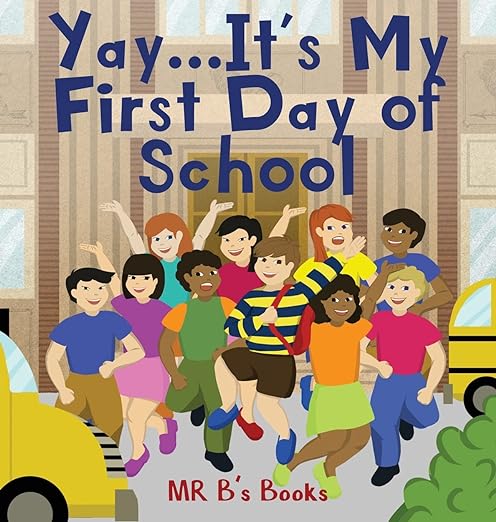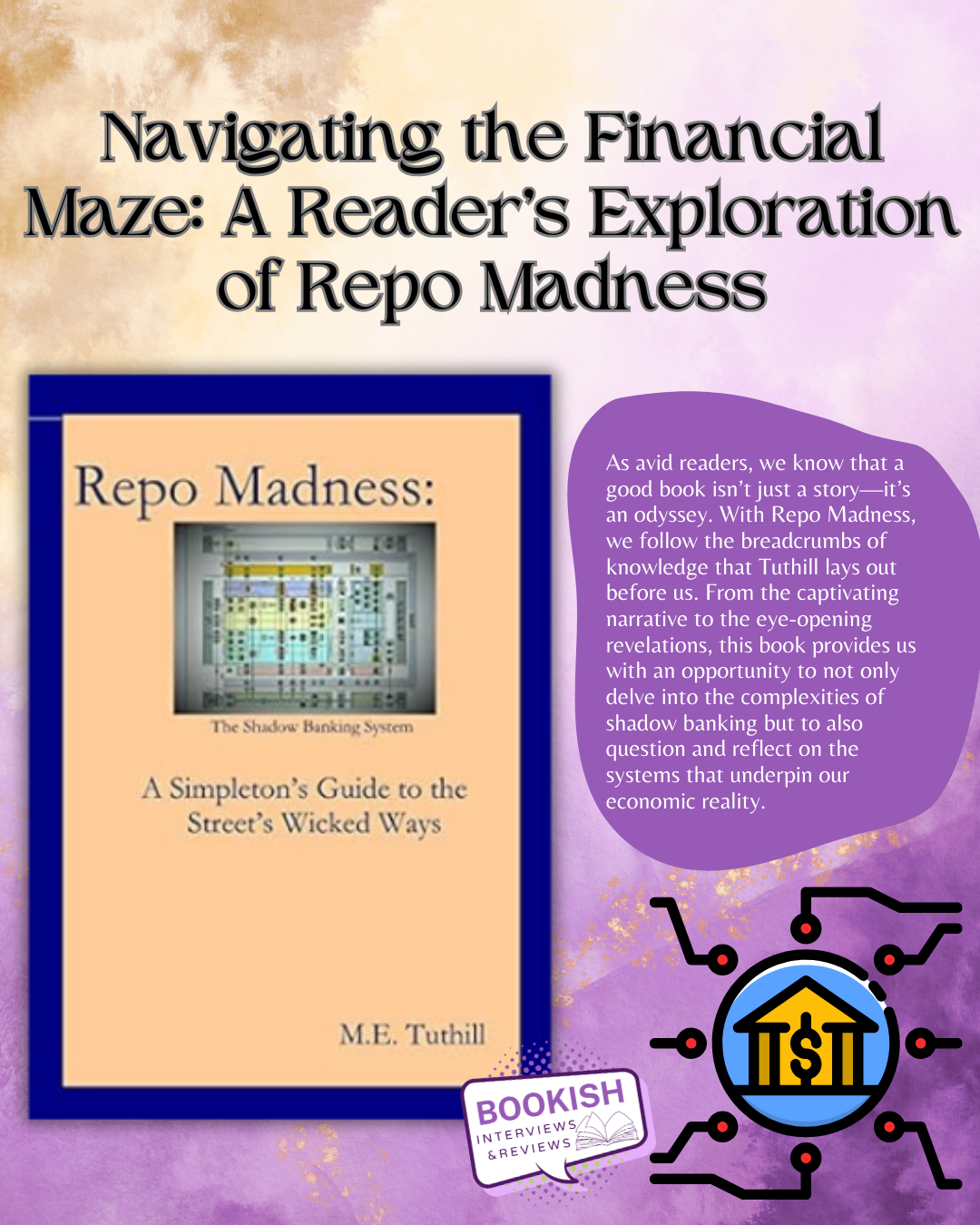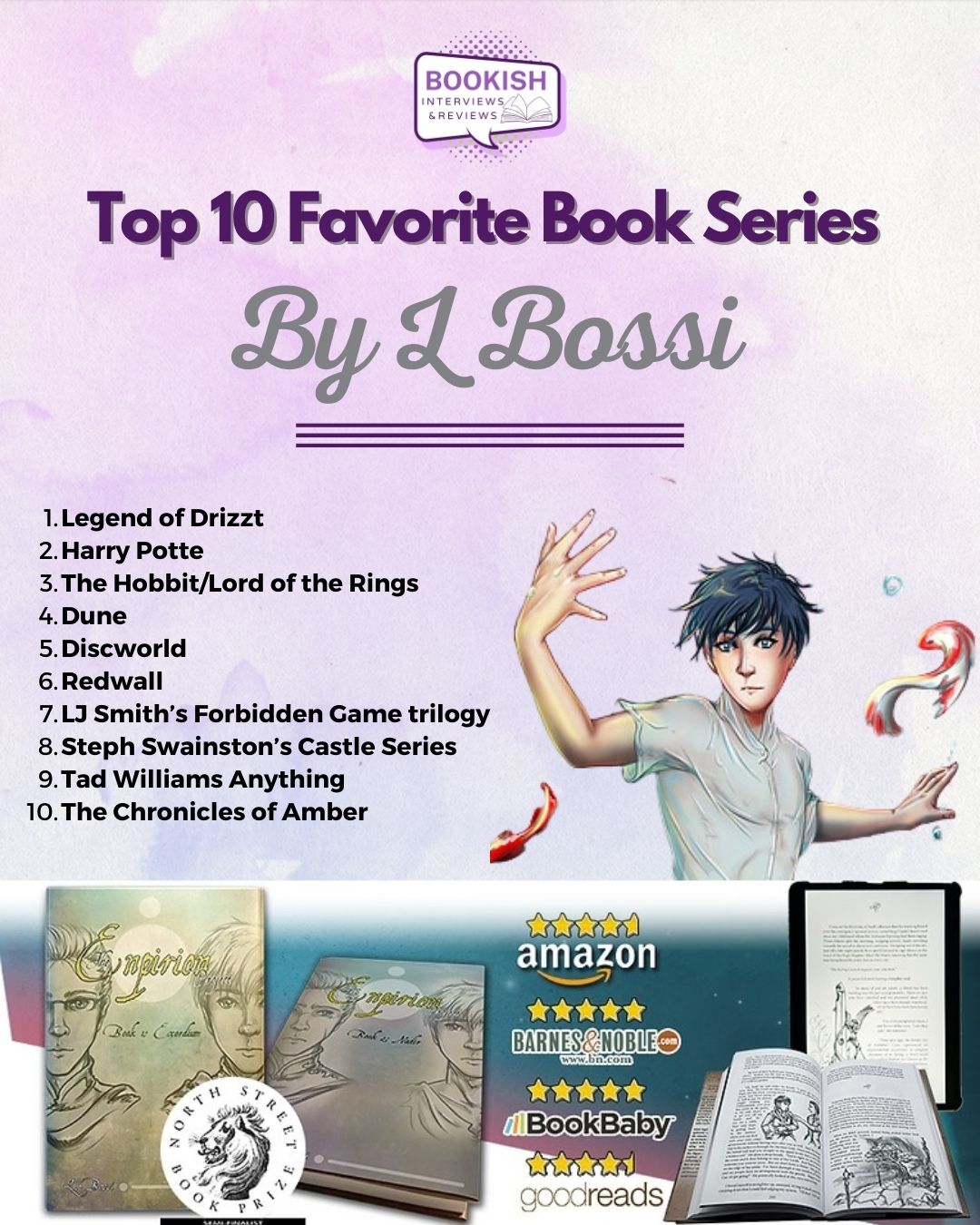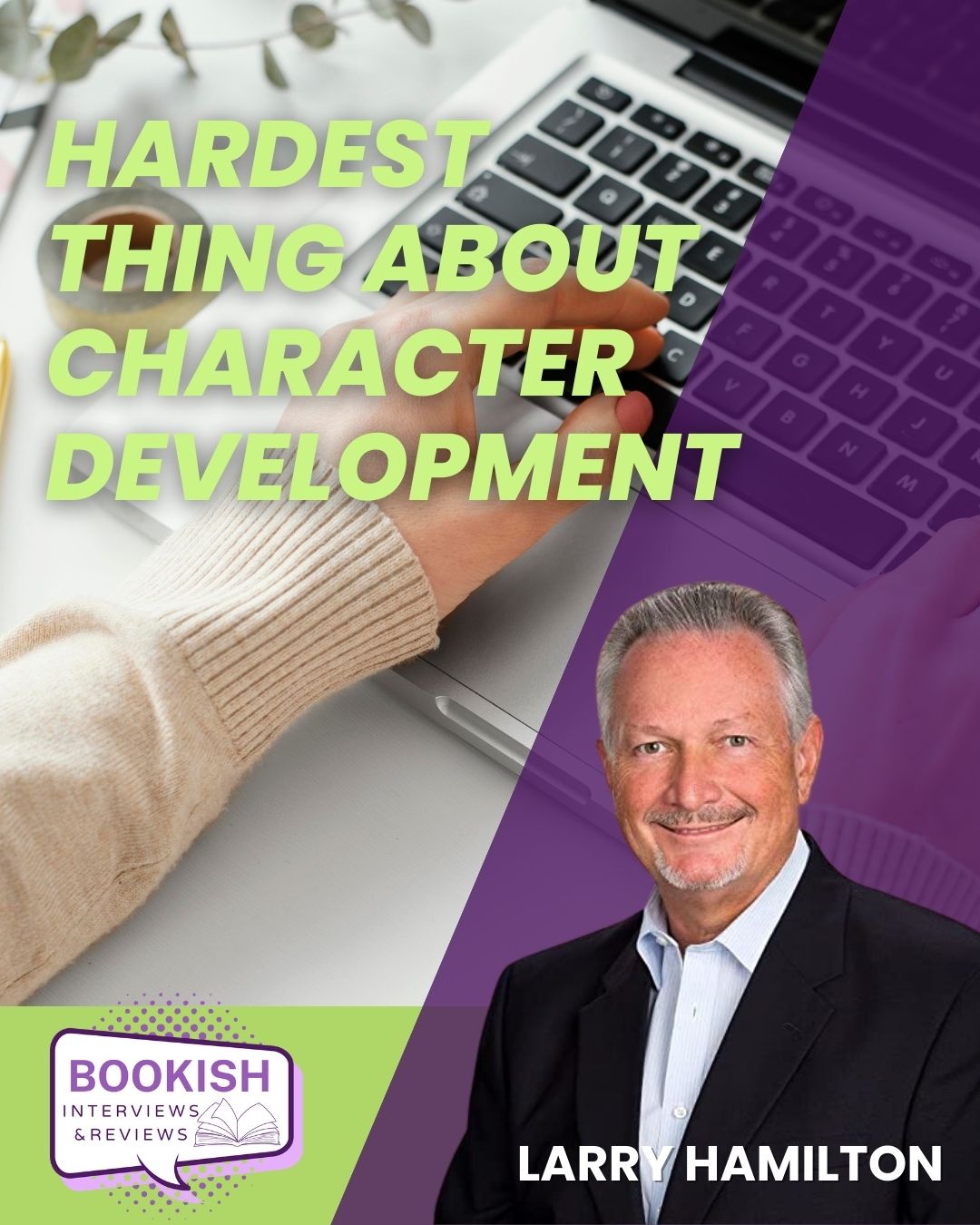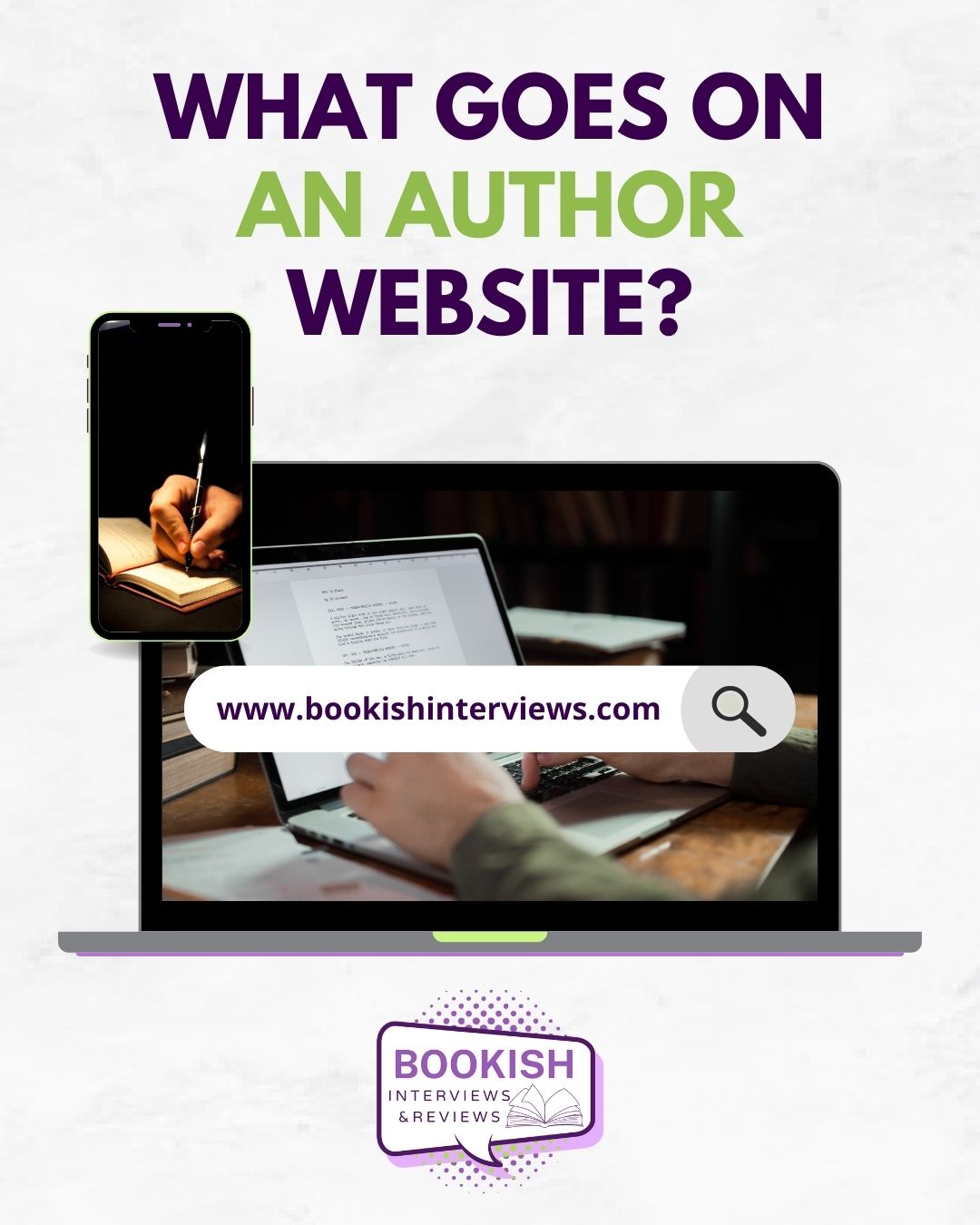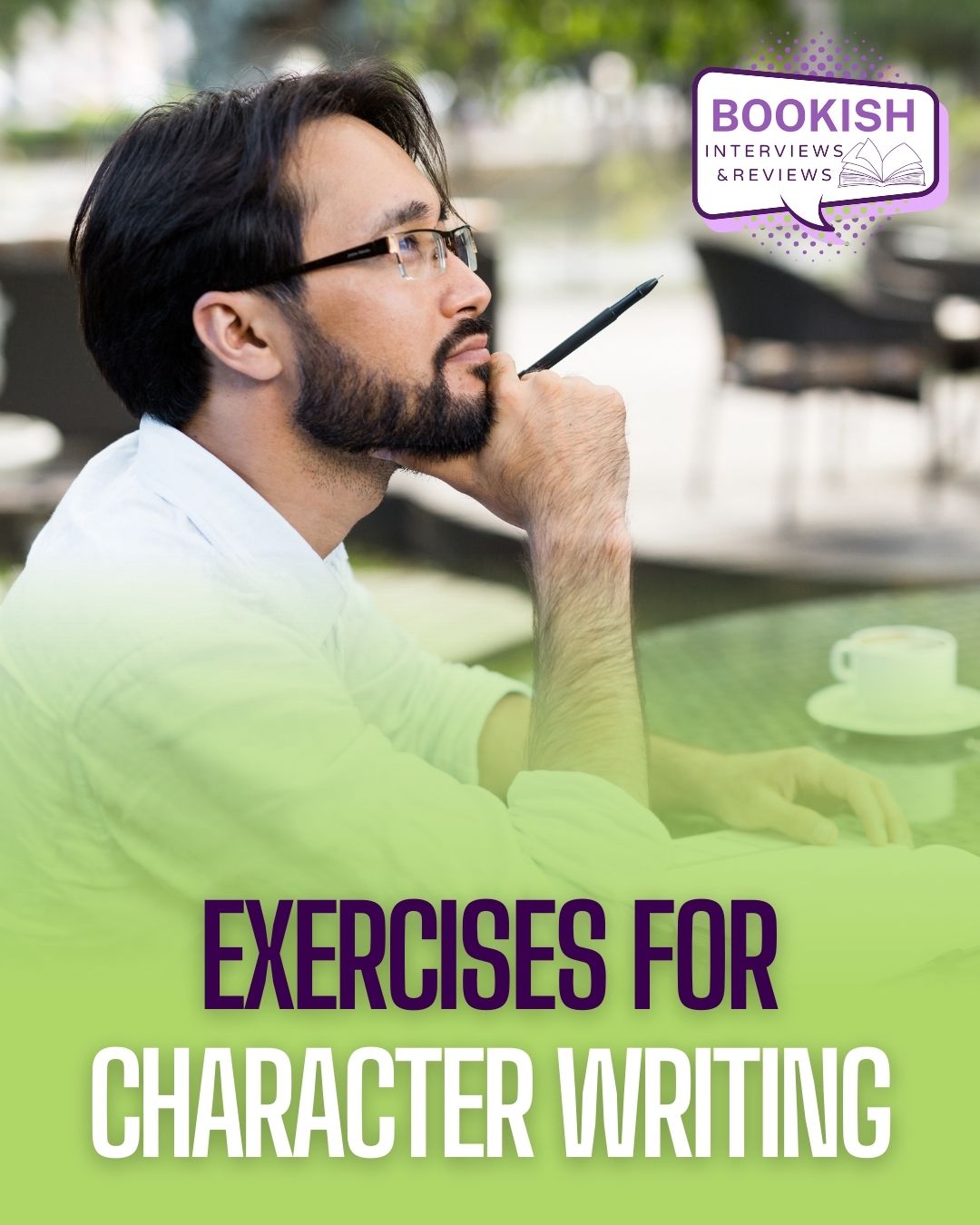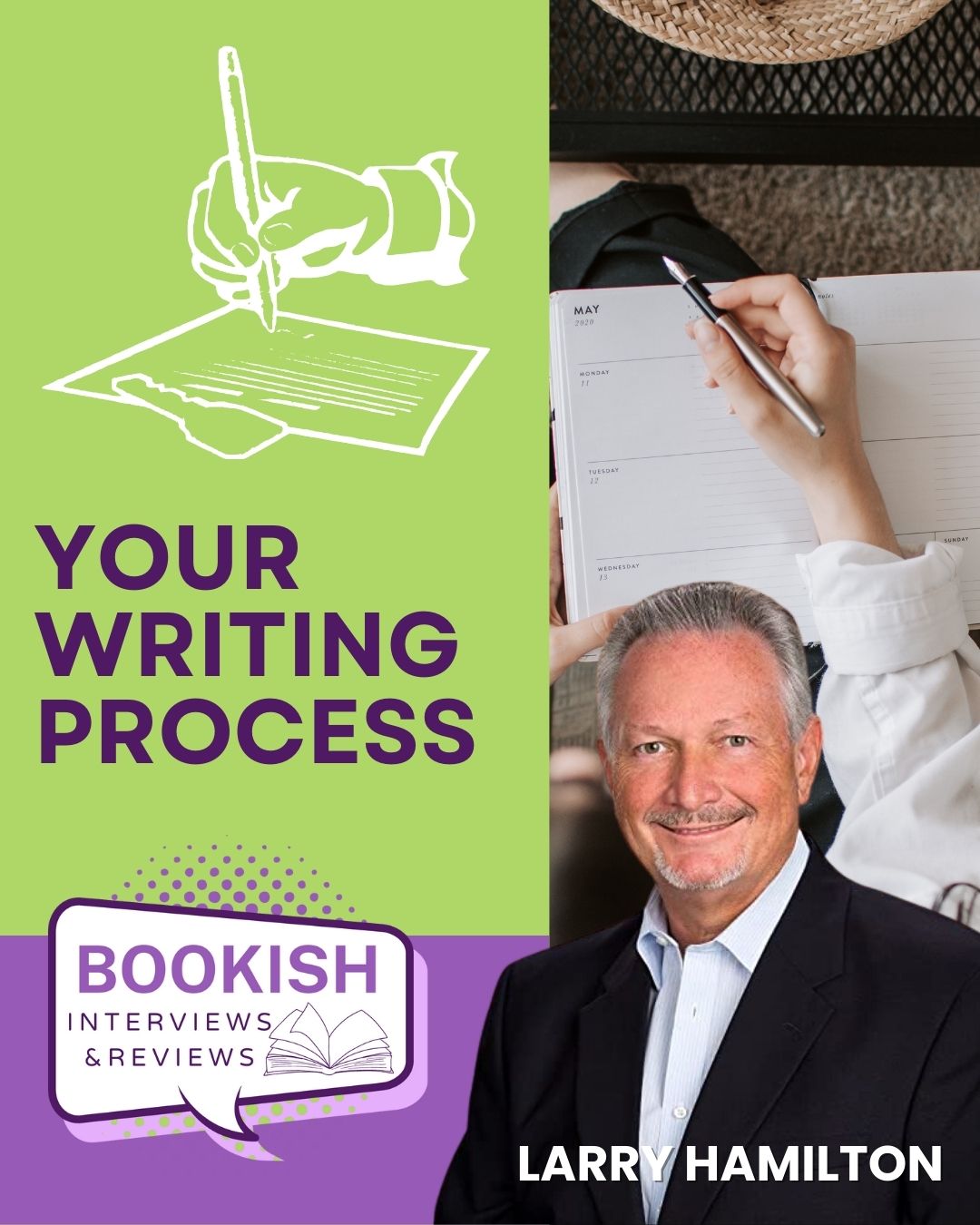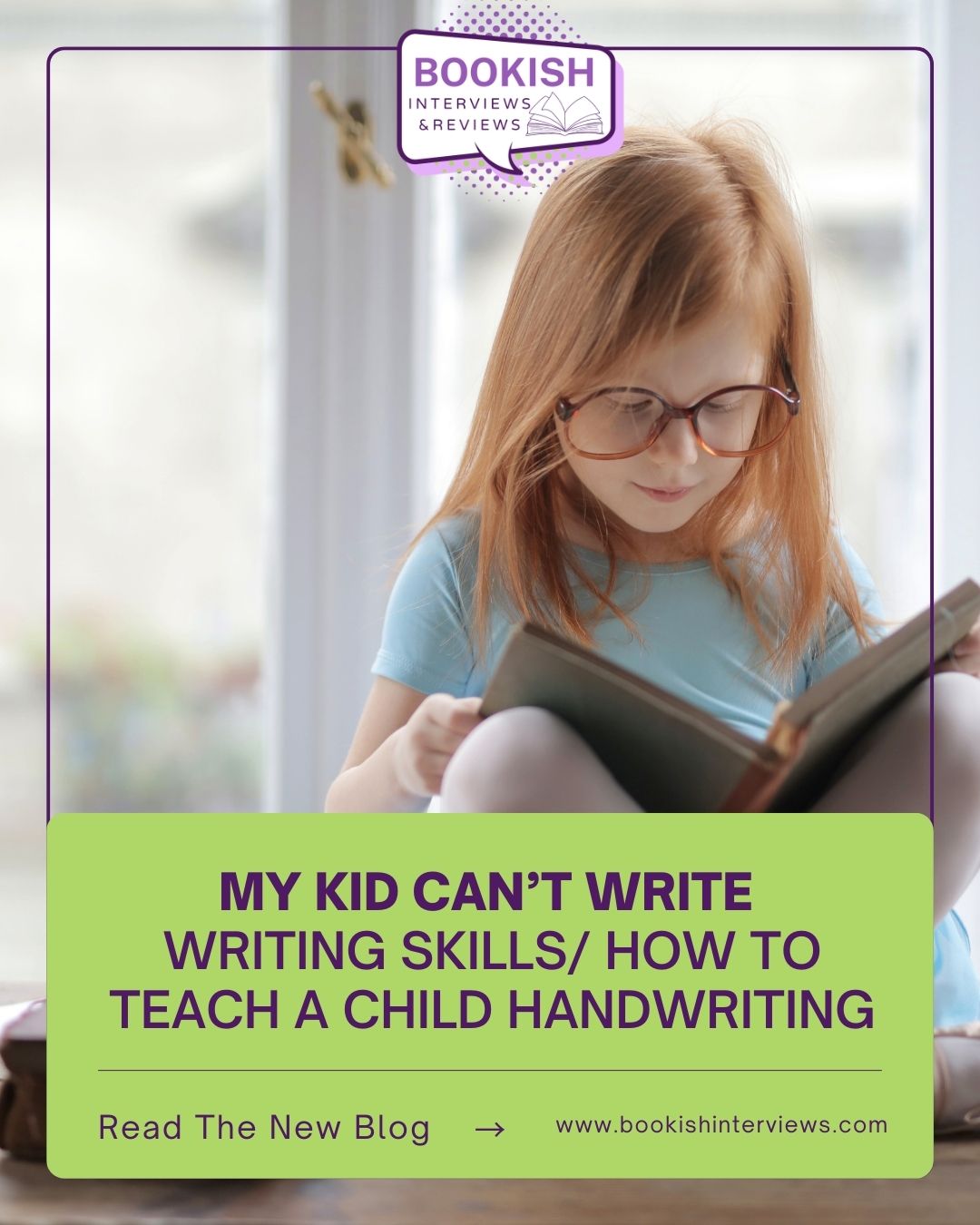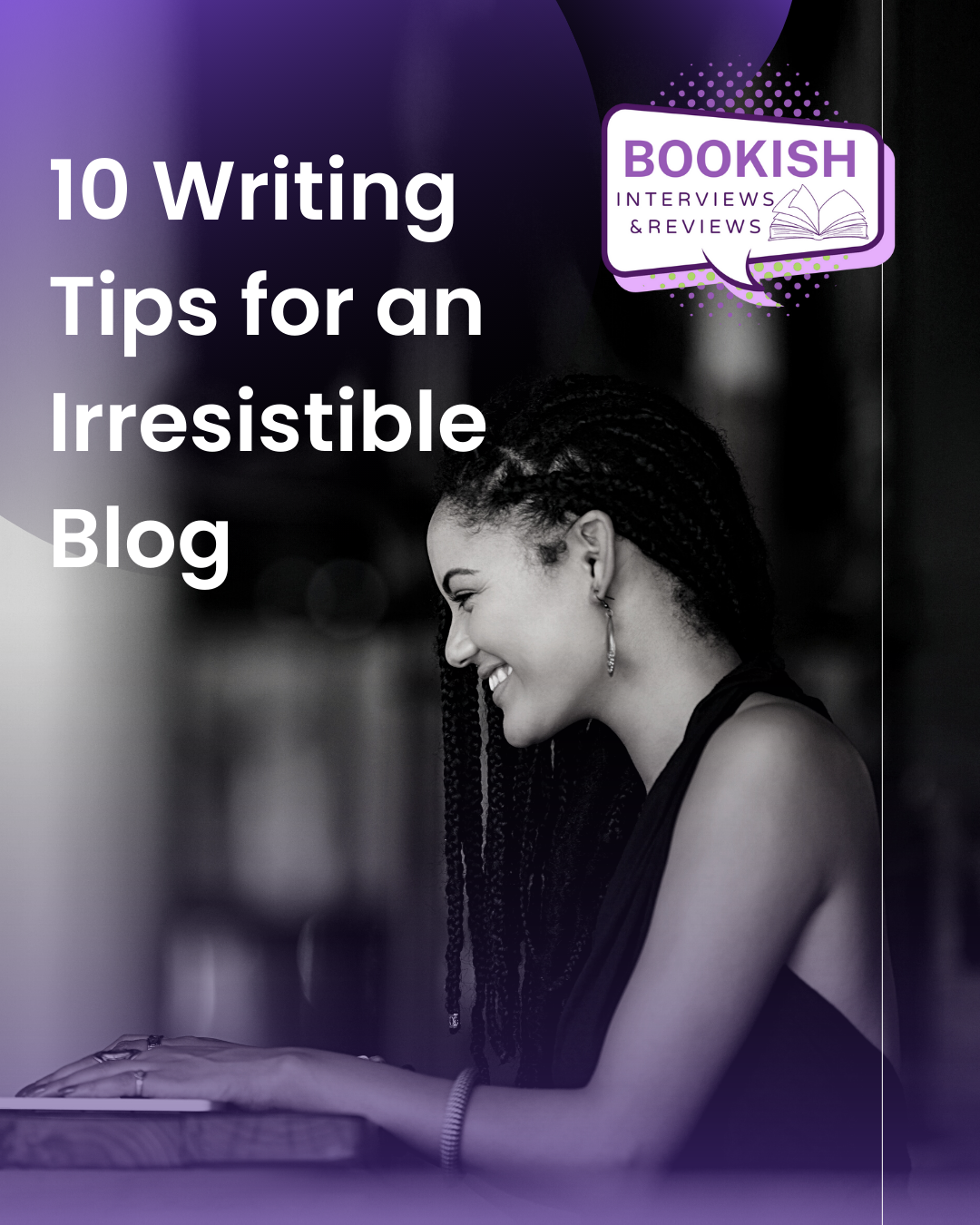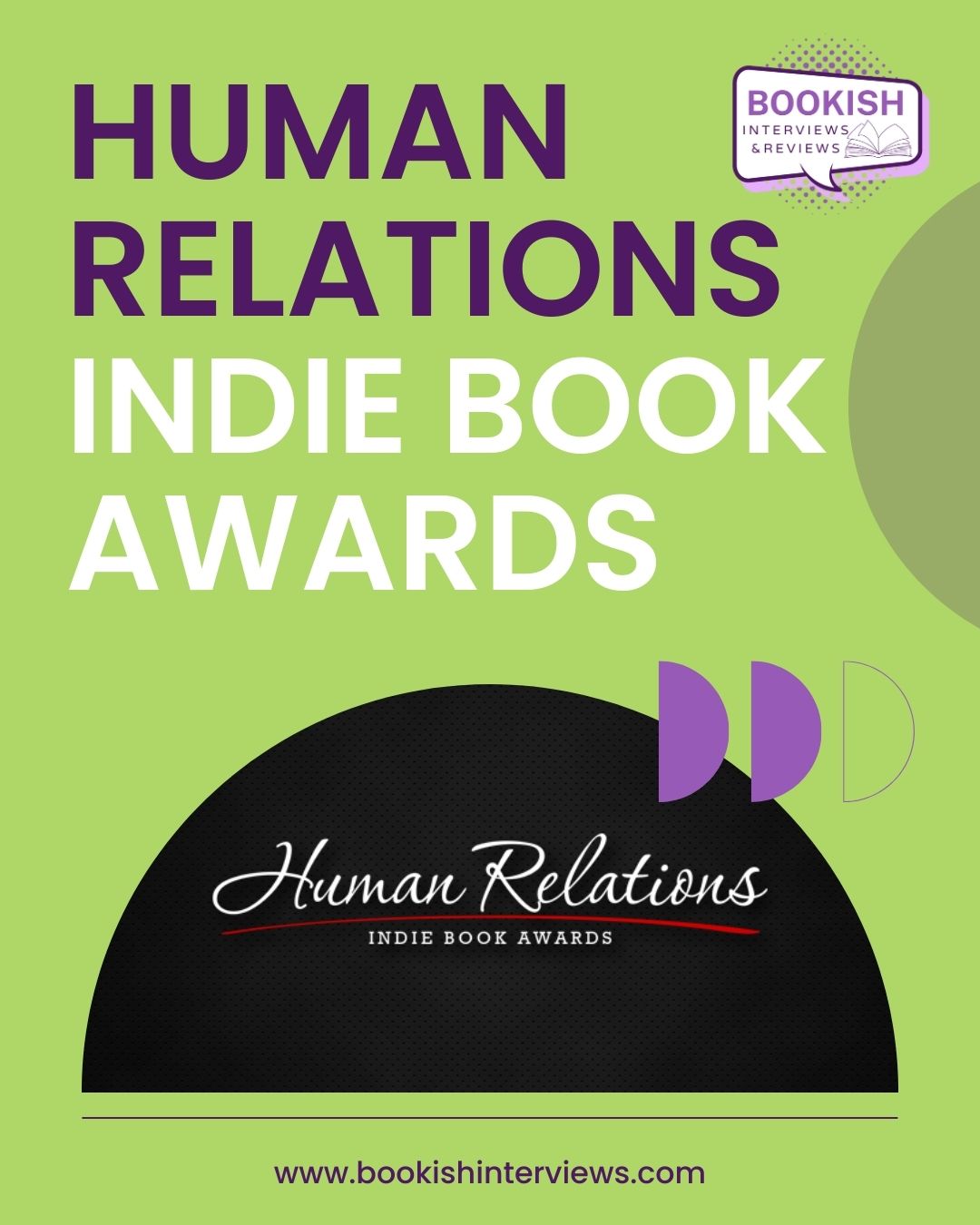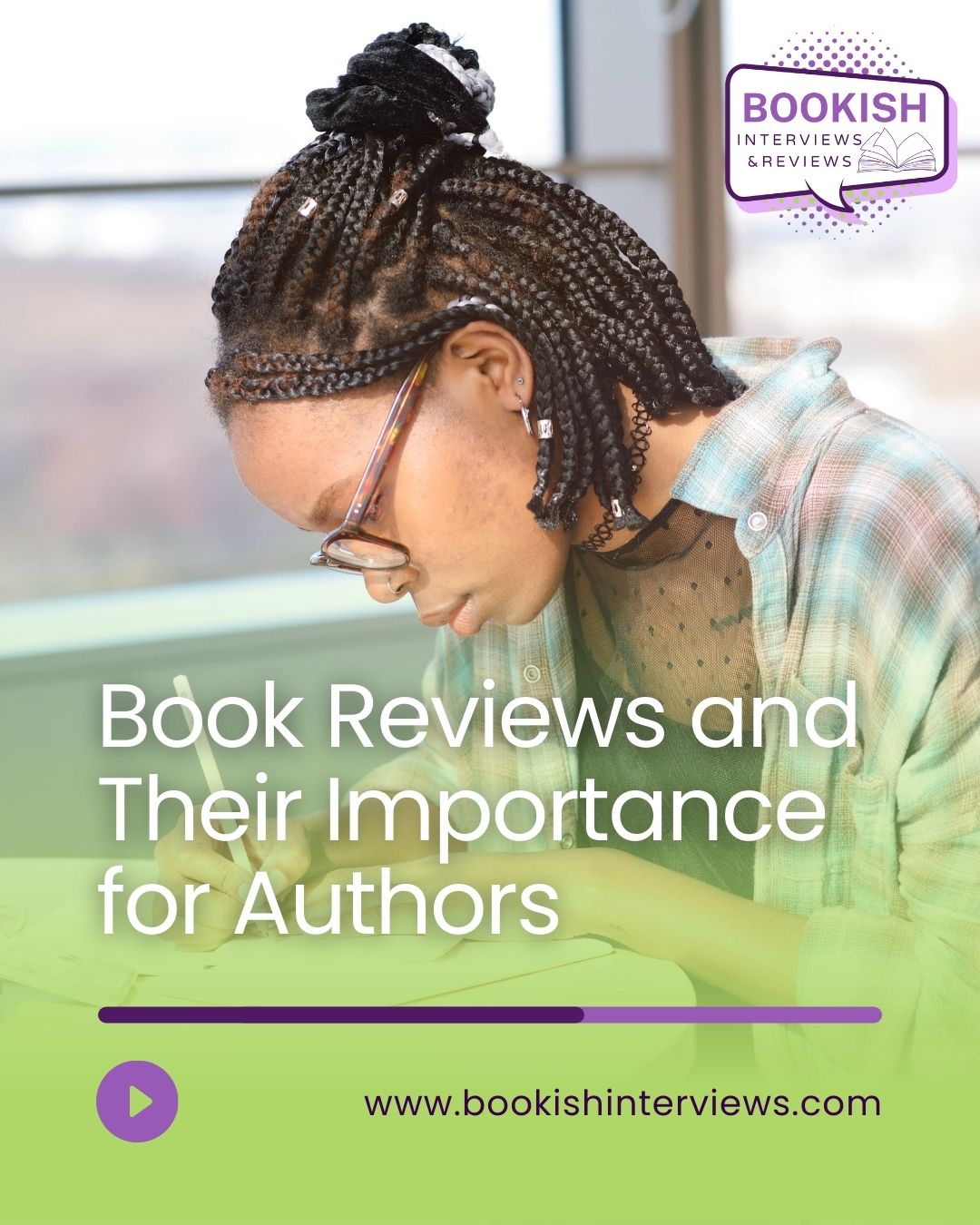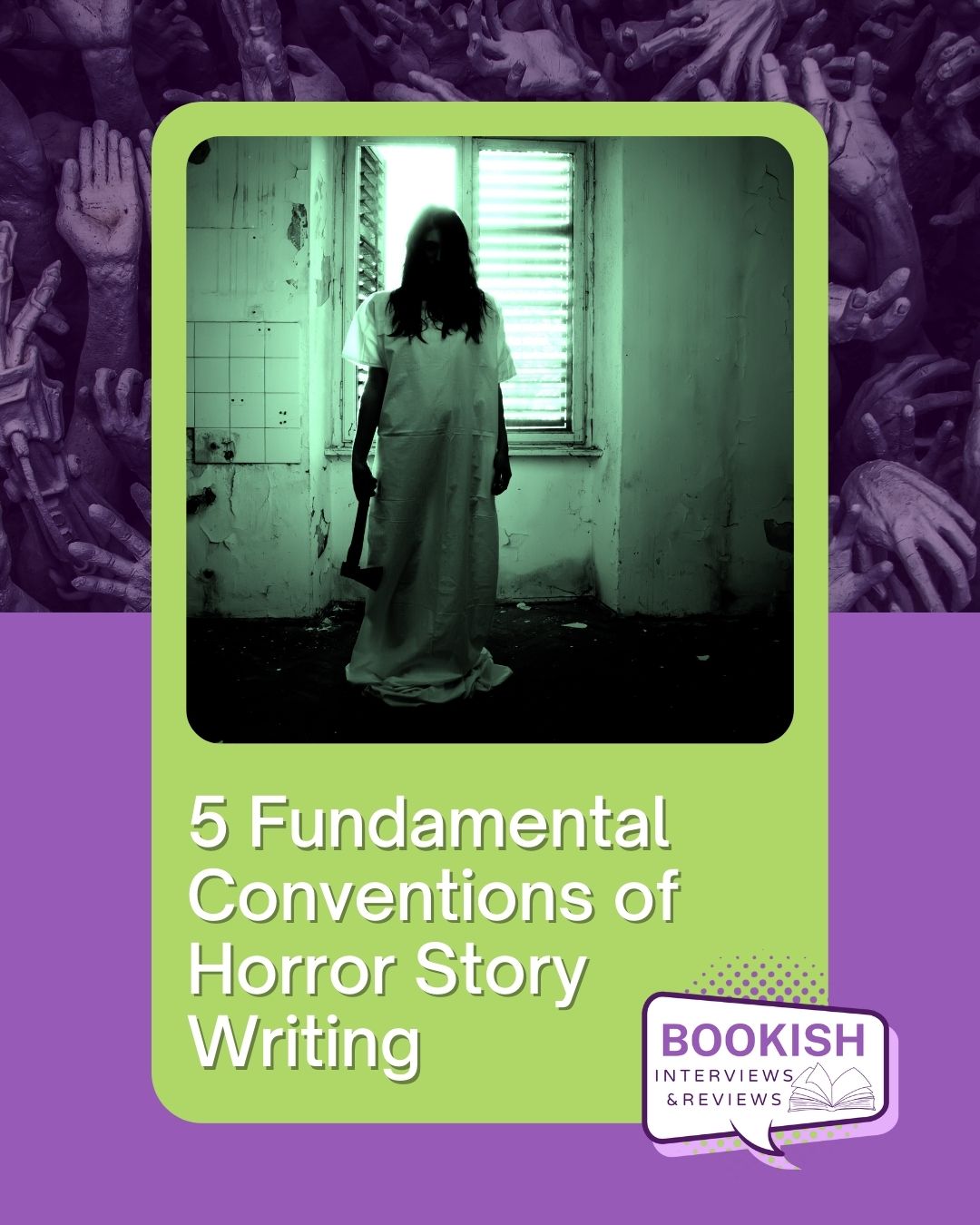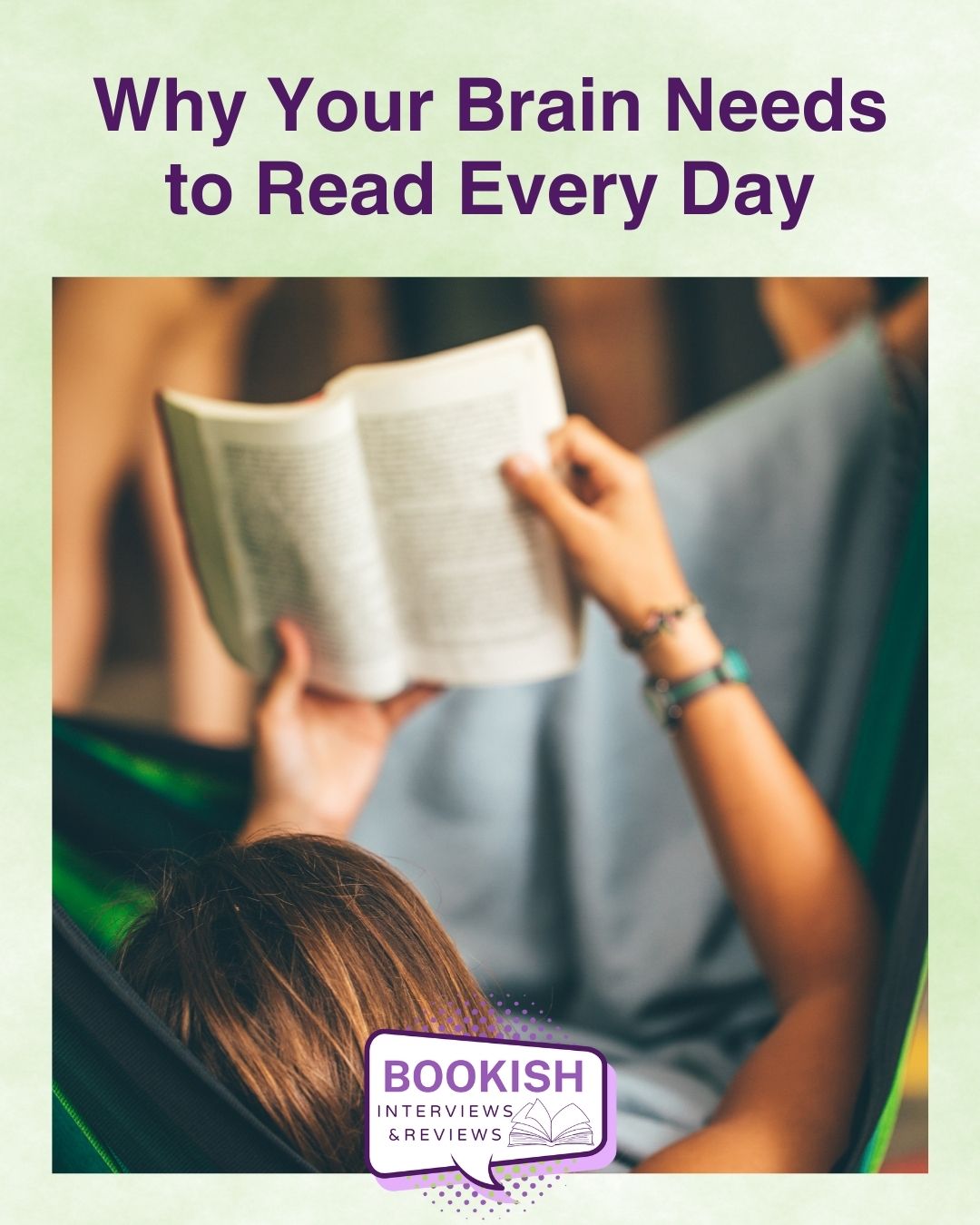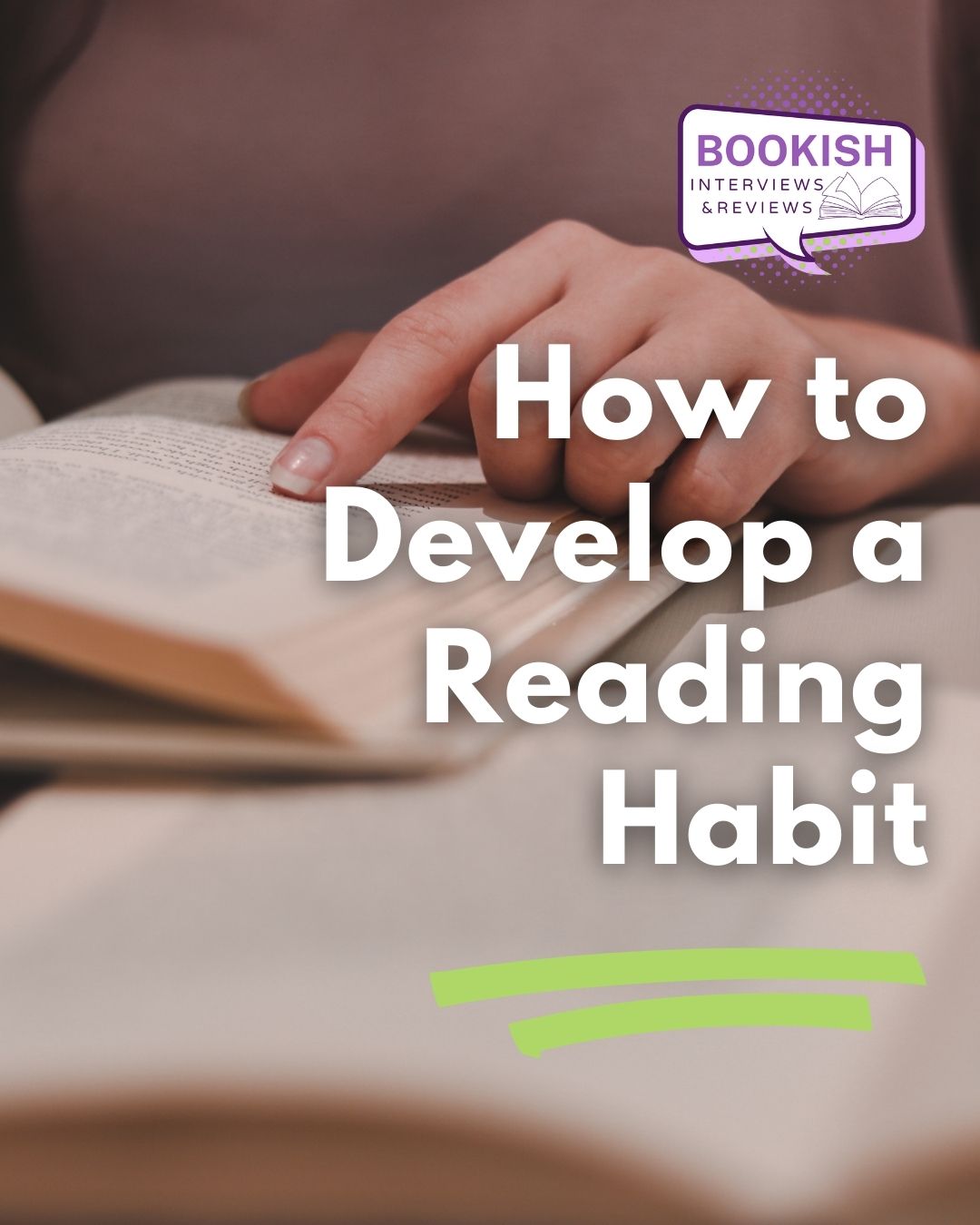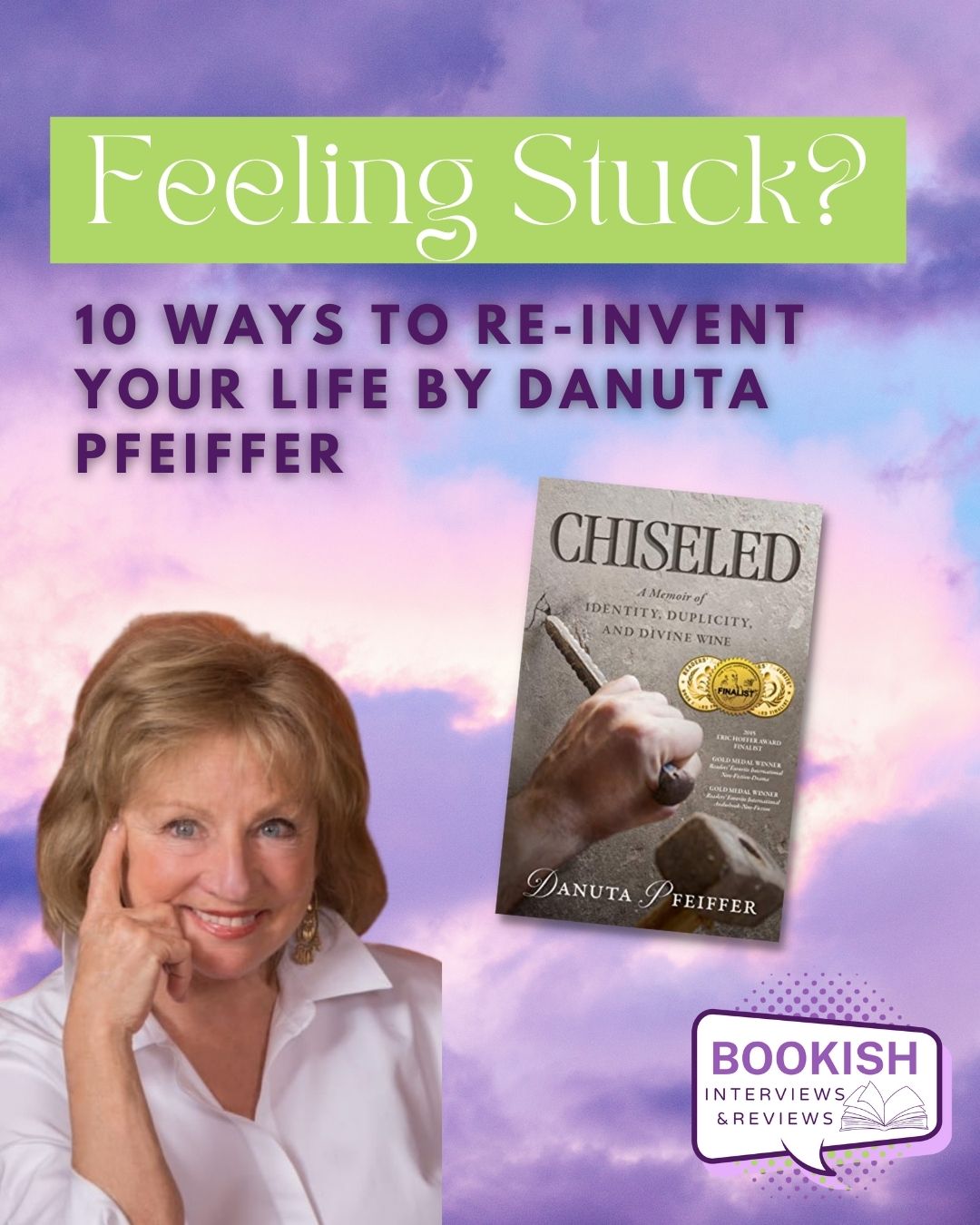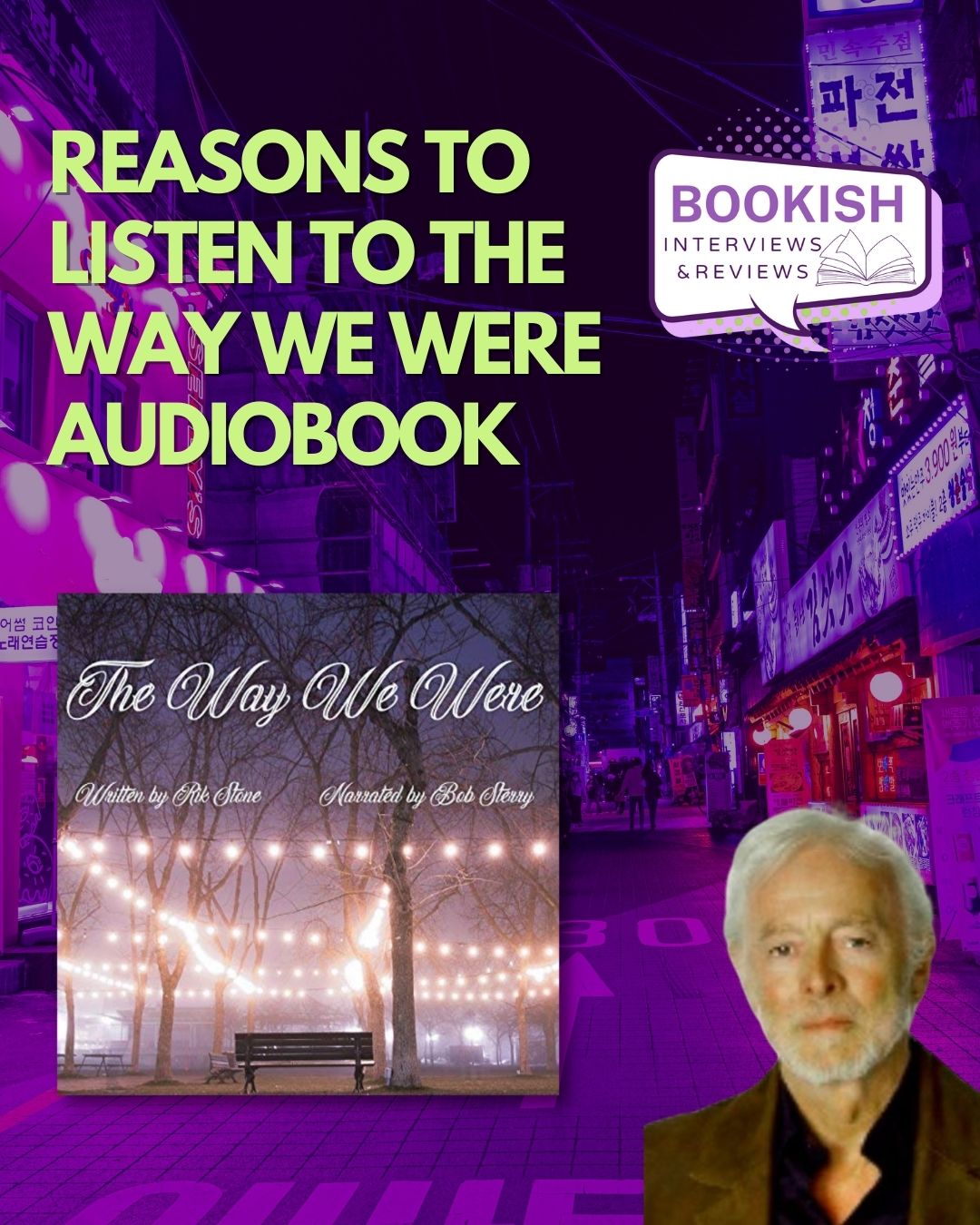James Patrick Rooney’s words are sure to provide comfort and encouragement for those facing similar struggles in life. His book is sure to inspire all readers, regardless of their Irish heritage or background, to strive for betterment and hope in an ever-changing world.
Thank you for tuning into this exclusive interview with James Patrick Rooney about his novel Sitting on a Rainbow: A 21st Century Irish American Morality Tale. We hope it has provided meaningful insight into why Irish morality is so important and how we can use it to create positive change in our lives today. Best wishes for a brighter tomorrow!
Tell us about your book.
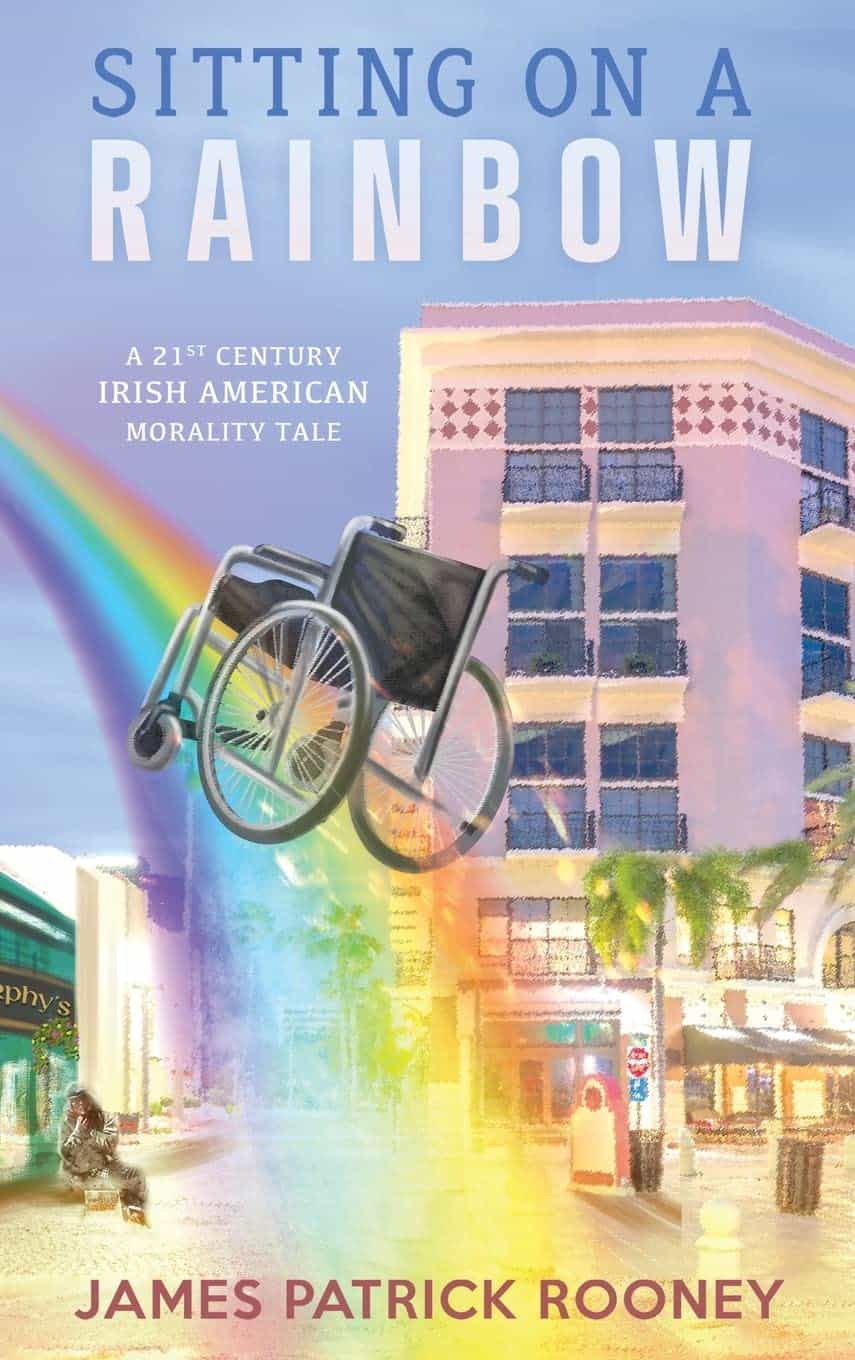 Sitting on a Rainbow: A 21st Century Irish American Morality Tale is a story of a mid-fifties’ stockbroker/financial advisor working in West Palm Beach, Florida for a major Wall Street firm in the early 2010s. One of its unique features is that the main character, Patrick Connelly, travels through life in a manual wheelchair after an ice hockey-related injury left him paraplegic at the age of nineteen.
Sitting on a Rainbow: A 21st Century Irish American Morality Tale is a story of a mid-fifties’ stockbroker/financial advisor working in West Palm Beach, Florida for a major Wall Street firm in the early 2010s. One of its unique features is that the main character, Patrick Connelly, travels through life in a manual wheelchair after an ice hockey-related injury left him paraplegic at the age of nineteen.
With the mid-1990s dawning of the internet, and the two stock market crashes that soon followed (2000-’03 & 2007-’09), the retail financial services business had been steadily changing, threatening obsolescence for old-style stockbrokers, even successful ones like Patrick Connelly. Especially when a militaristic-style office manager like Jeff Saunders is gunning for his career. As Patrick and his long-time assistant Marie adapt to the new “wealth management” era—younger, more aggressive advisors are circling them like predators on the hyper-competitive money savannah. Added to his dilemma is his recent divorce and teetering financial condition. In short, Patrick needs help to save his career, his independence, maybe his life. But from where? And how? His time is running out.
What is the PRIMARY benefit, above all others, that your potential reader will gain from reading this book?
Realistically, I can only be enthusiastic about spreading the word of my newly released novel if I genuinely think my story is well-written, entertaining, and a worthwhile use of one’s time. I’ve read it about fifty (50) times now and concluded that it checks each of those boxes. (I’ve surprised even myself a little – it’s a very different story than the one I set out to write)
The reader will not only be entertained by the fast-moving, lighthearted, suspenseful, dialogue-centric story, but will depart more informed about three intertwining topics: 1) Transitioning nearly overnight from a young ice hockey star to a life confined to a wheelchair. 2) Navigating the hyper-competitive, rapidly changing world of retail money management at the turn of the 21st century. 3) Exploring Irish history and mythology’s relevance in modern-day America. Sub-themes include celebrating the power of women, the importance of nature, music, and the arts to a full and satisfying life, and the universal desire to recapture one’s youth, to have another chance at exhilarating young love, at any age.
Finally, there’s an important morality tale, a warning, which rears its head at various times throughout the story until being fully illuminated in the final chapters. Purchase on Amazon
If you had to compare this book to any other book out there, which book would it be?
Hopefully, I’ve been influenced by the writing styles of my favorite authors including John Steinbeck (East of Eden), Wallace Stegner (Crossing to Safety), Ann Patchett (Bel Canto), Marilynne Robinson (Home), Pat Conroy (The Lords of Discipline), Bill Bryson (A Walk in the Woods), Mark Twain (The Gilded Age), Joseph O’Connor (Shadowplay), Colm Toibin (The Blackwater Lightship), Erik Larson (The Devil in the White City), Ernest Hemingway (A Moveable Feast), Les Standiford (Last Train to Paradise), Nelson DeMille (The Gate House), James Joyce (Dubliners), and others. You know—that mediocre crowd. That said, two specific books that had an outsized impact on me are from maybe less well-known authors. One is Little Chapel on the River by Gwendolyn Bounds, and the other is The Circus in Winter by Cathy Day. They were both sweet and emotionally moving stories, and I would be proud to be placed in the category of these superb authors.
Hundreds of thousands of books come out every year. Why should someone buy THIS book?
For starters, I can only be enthusiastic about spreading the word if I genuinely think my story is well-written, entertaining, and a worthwhile use of one’s time. I’ve read it about fifty (50) times now, and I’ve concluded that it checks each of those boxes. I’ve surprised (even) myself a little – it’s a very different story than the one I set out to write. To your question: In a recent press release, my excellent publisher, MindStir Media, said the following (better than I could have):
Complete with a playlist of relevant songs to enjoy while reading, Rooney’s book is a unique approach to memoir, fiction, and education that ultimately digs into what it means to live a life of joy and purpose. Through Patrick Connelly’s journey, from disruption in his career to struggles with love, powerful friendships to moments of despair at the state of humanity, readers are pulled into a rich, detailed world that combines elements of history, Irish myth, finance, the arts, and beyond … Readers will encounter romance, business, mystery, and folklore in this textured and detailed narrative, and feel inspired by the main character’s determination to find the magic and beauty all around him. With messages of hope, lessons from both history and present day, and a window into the daily experiences of disability, Rooney’s sweeping story contains eye-opening insights and inspiring moments for readers of all kinds. Purchase on Amazon
Who is your target audience?
 While I think my story will appeal to a wide swath of readers of all ages, from the Greatest Generation to Boomers to Millennials, there are three specific constituencies that should find a deeper connection. They are 1) Anyone who has an interest in an insider’s look at the stock market and the life of a retail financial advisor at the turn of the 21st century. 2) Anyone who is living with a significant physical disability, certainly, and anyone who would like to learn more about what that person may be feeling at any given moment. This would include family and friends of the disabled person and anyone else with such curiosity. 3) Anyone with an interest in Irish history and culture, including its reverence for the power of women, music, nature, and the “Irish Code of Honor,” which relates to the morality tale that permeates the story, and anyone who’d enjoy learning more about this fascinating and relevant topic. After all, who doesn’t love the Irish? Well, except maybe …
While I think my story will appeal to a wide swath of readers of all ages, from the Greatest Generation to Boomers to Millennials, there are three specific constituencies that should find a deeper connection. They are 1) Anyone who has an interest in an insider’s look at the stock market and the life of a retail financial advisor at the turn of the 21st century. 2) Anyone who is living with a significant physical disability, certainly, and anyone who would like to learn more about what that person may be feeling at any given moment. This would include family and friends of the disabled person and anyone else with such curiosity. 3) Anyone with an interest in Irish history and culture, including its reverence for the power of women, music, nature, and the “Irish Code of Honor,” which relates to the morality tale that permeates the story, and anyone who’d enjoy learning more about this fascinating and relevant topic. After all, who doesn’t love the Irish? Well, except maybe …
Did your environment or upbringing play a major role in your writing and did you use it to your advantage?
Yes, and my novel touches on some of that. For one, my father, Brendan Patrick Rooney (Seamus in the book), was a tragically flawed but loving and brilliant man. He had a special talent for language which could have only come from his deep Irish heritage. I’ve referred to him as the “Bronx Bard,” noting his (and my) place of birth.
In my youth, and when I returned home from college for a few years after my ice hockey injury, my father would bring a pile of daily newspapers down to my bedroom lair mid-morning—the New York Times, Post & News—with the crossword puzzles all completed. He would humbly say that his talent for crosswords came from his vast storehouse of trivial and useless knowledge. He’d point out the political and social columnists, particularly Jimmy Breslin and Pete Hamill, both with Irish backgrounds, and encourage me to read them. He’d say, “I don’t agree with their politics, Jimmy, but they are two talented writers with their fingers on the heartbeat of the city.”
In short, my love for language was later arriving (maturing does that), but it’s all because of my father.
Tell us your most rewarding experience since publishing your work?
It must be the reception I’ve been getting from old friends, close and less so, who I’ve been contacting. They are saying very supportive things and buying multiple copies of my book for family and friends as Christmas gifts. They are sending me photos of the books arriving in their foyers. Of course, now they’re going to read the book—or at least some of them will—so that may be a different story.
How would you describe your writing style?
I’ve mentioned in previous answers my litany of favorite authors, and the two New York columnists, and I hope I’ve been influenced enough by them all to at least write competently, clearly, humorously, and sometimes even eloquently and poetically.
Are your characters pure fiction, or did you draw from people you know?
The main character, Patrick Connelly, is drawn from someone I know a little too well. Beyond that, the characters in the financial advisory portion are not one person I’ve known, but little snippets sewn together of several people who’ve passed through my life in my thirty (30) years “on the desk.” Except for one very special character, Marie. I couldn’t change a thing about her because I love her the most. Also, a few old friends who were with me at transitional moments pay a visit, and as they say these days, “they are who they are.” As to the Irish portions of the story, the two primary characters came from some special whiskey I must have been drinking one night—meaning they are somewhere between fictional and blarney.
Are you more of a character artist or a plot-driven writer?
I’m not certain. I’m a first-time novelist who’s not pretending to be an expert at any of this. But, because the direction of the plot seemed to arrive when it was ready, shifting constantly, and my story is told largely by dialogue between the characters, I would say the character was more my focus.
What do you hope to accomplish with your book other than selling it?
First, I’ve already accomplished my main objective, which was to write and publish a novel. So that’s a win for me, however, the sales effort goes. Also, I want my family and friends to be proud of me for my effort, regardless of the outcome of the sale. Beyond that, the main thing I’d like to accomplish is to have enough success with sales to make substantial donations to a few special charities which relate to the morality tale in the book and to feel inspired to really get going on a second book, and then a third. I’ve started a little late here in the author thing, so I don’t have a lot of time to squander. Purchase on Amazon
#SittingonaRainbow #JamesPatrickRooney #LiteraryFiction @jamespatrickrooney @authorjamesrooney @AuthorRooney
Facebook: https://www.facebook.com/
Instagram: https://www.instagram.com/
Twitter: https://twitter.com/
Pinterest: https://www.pinterest.com/
